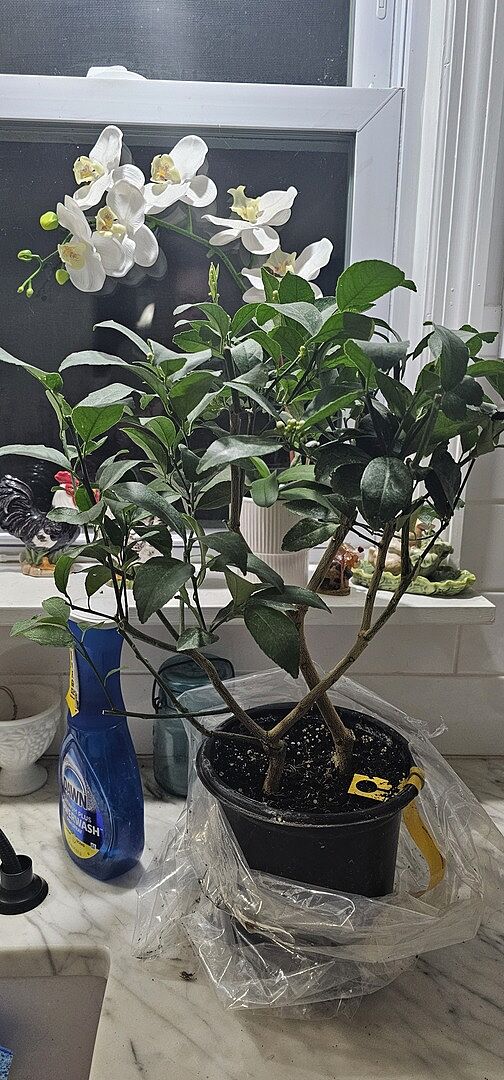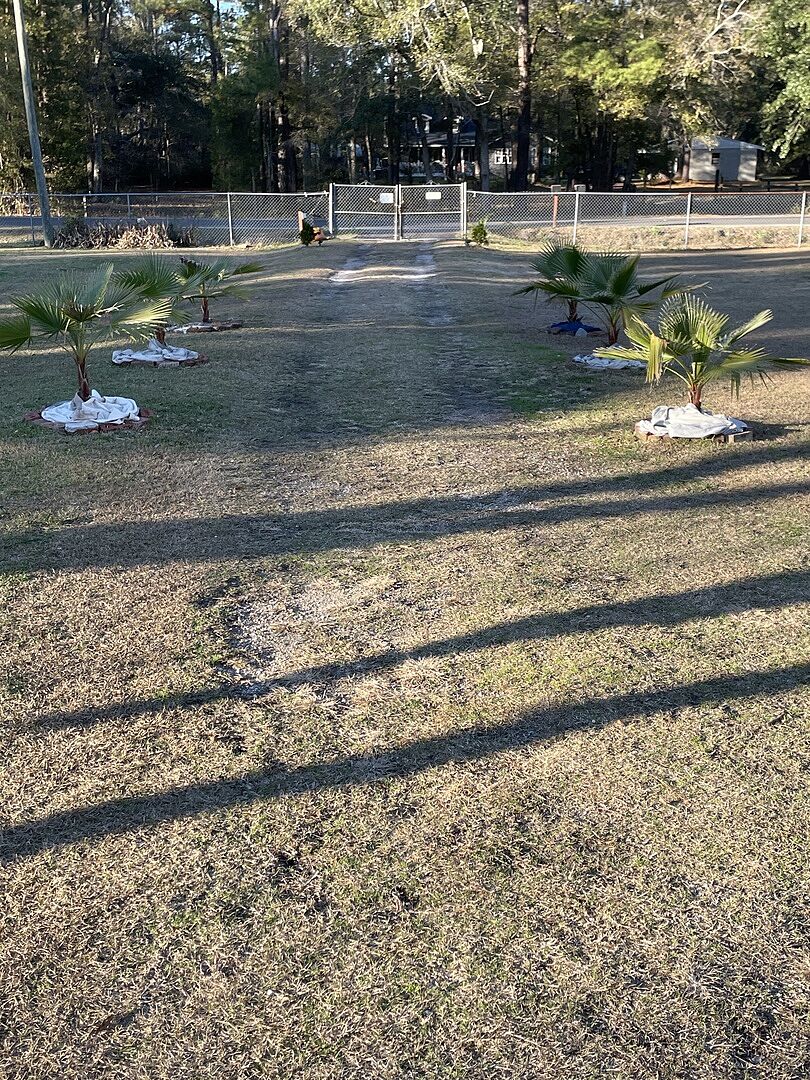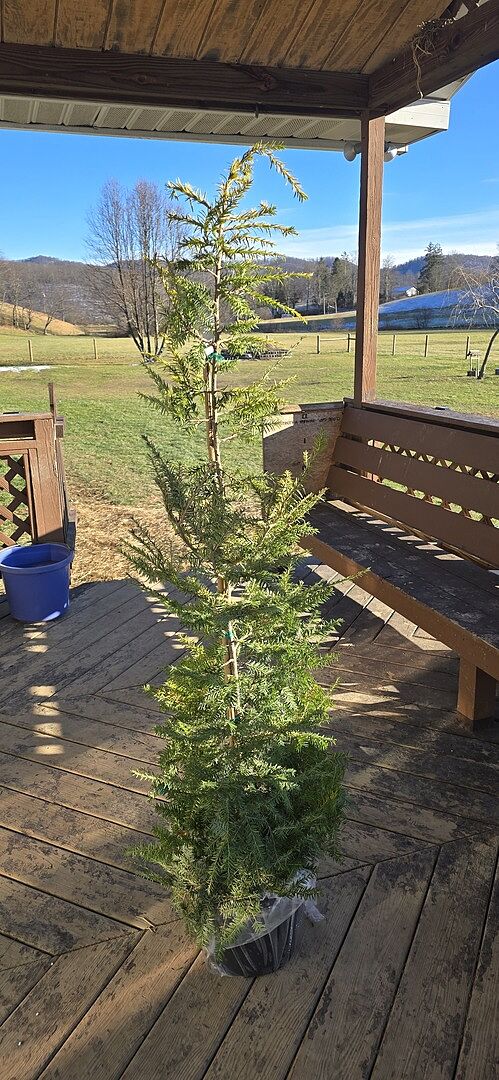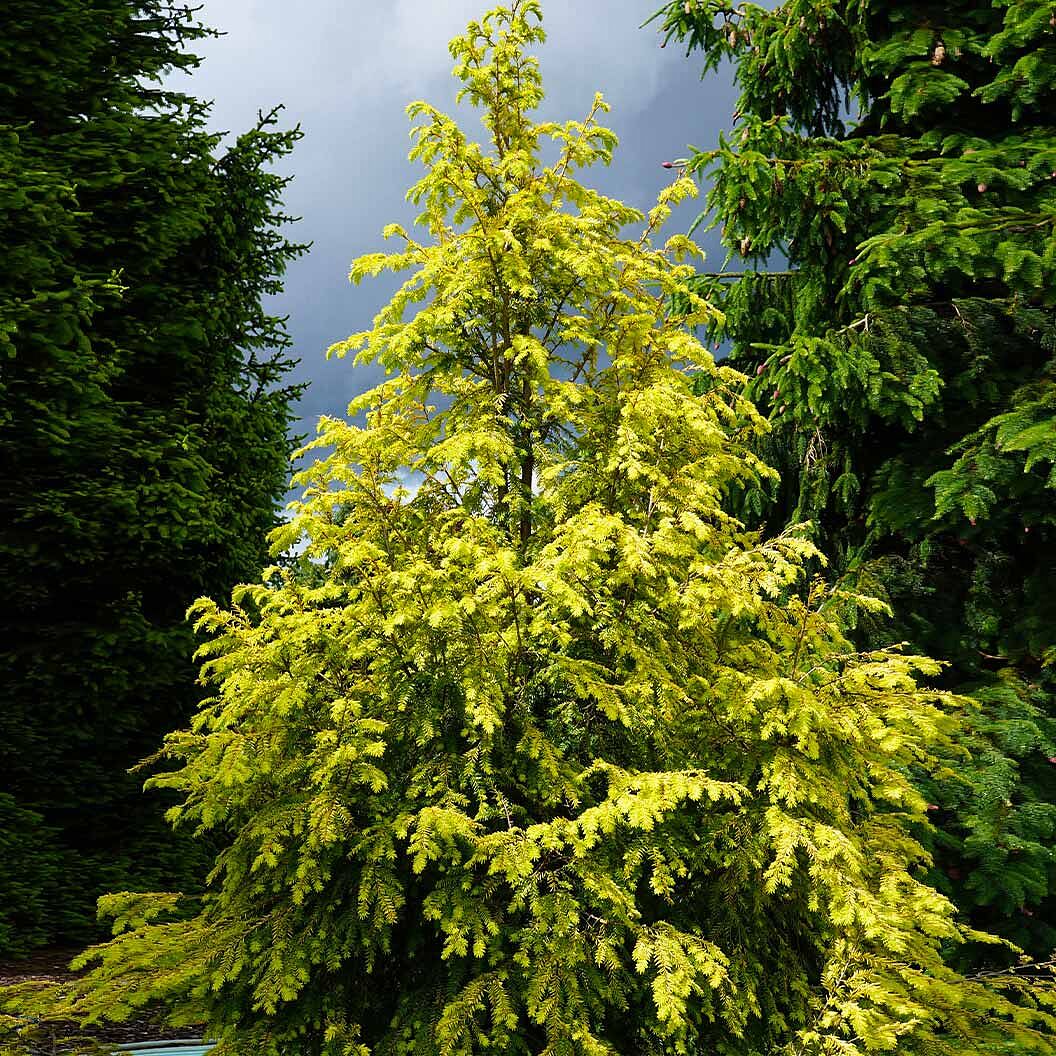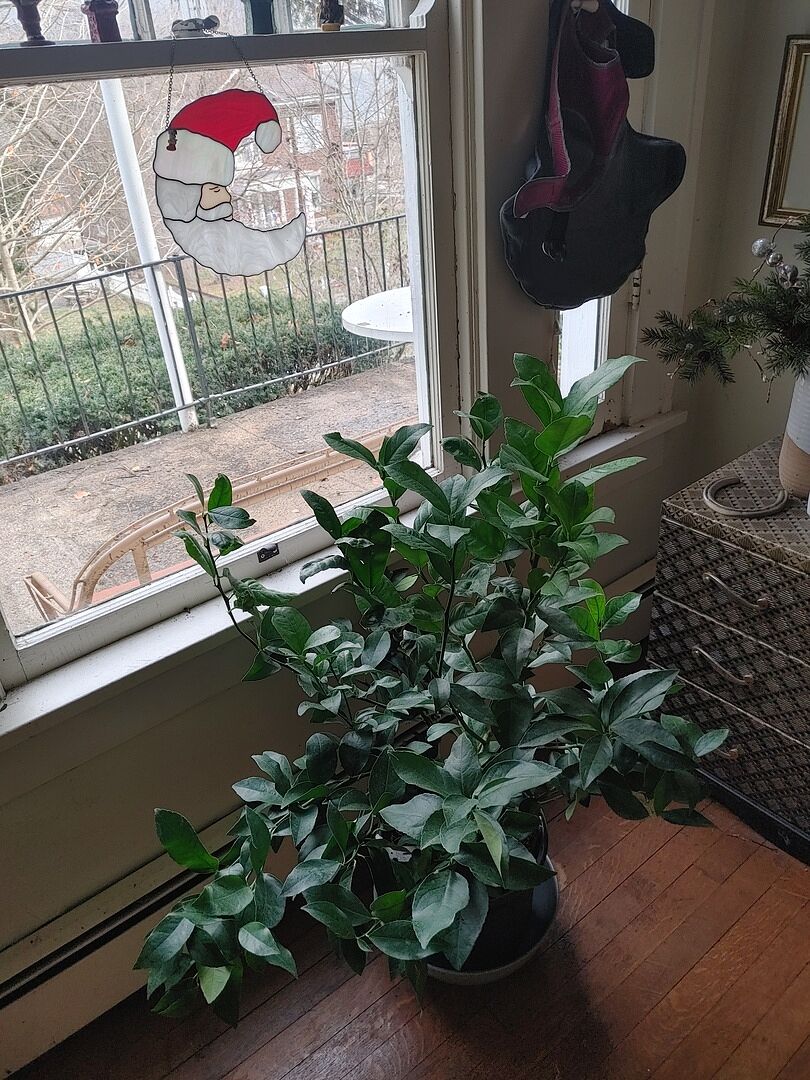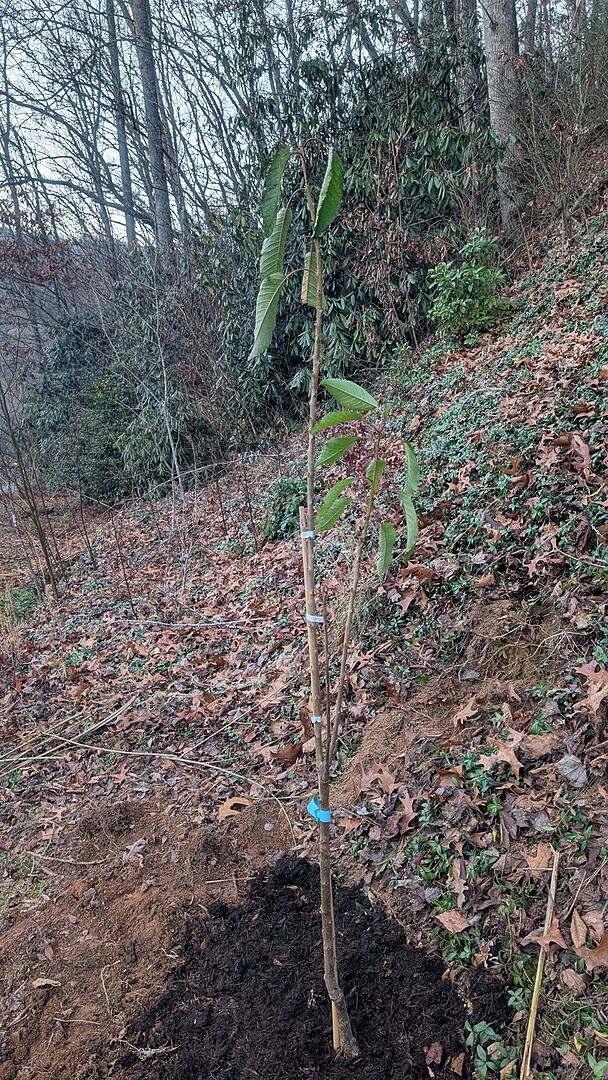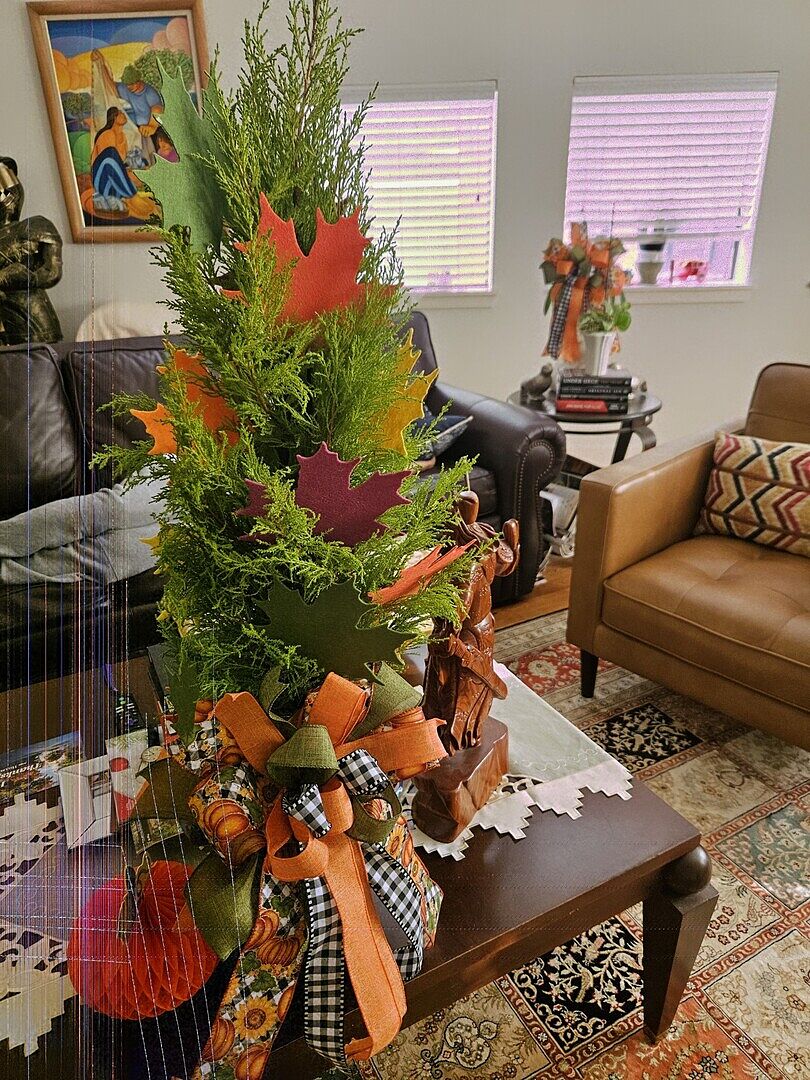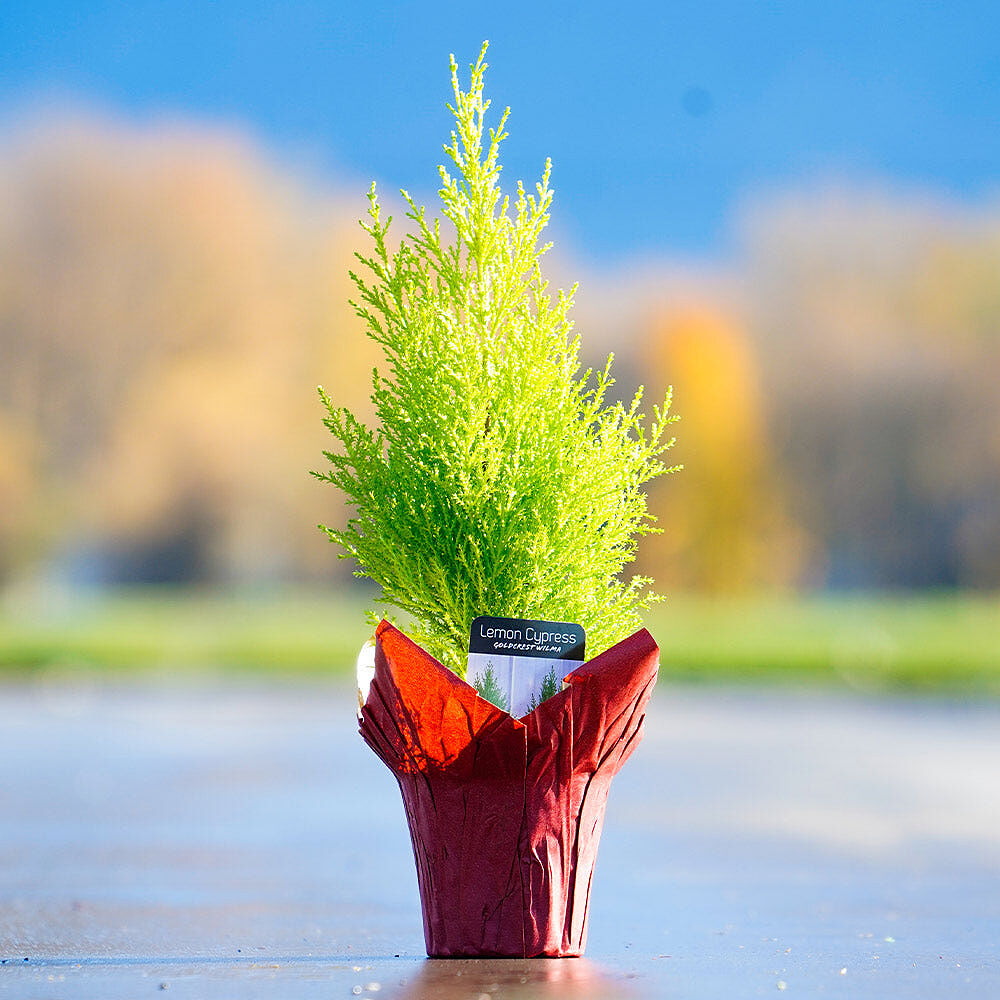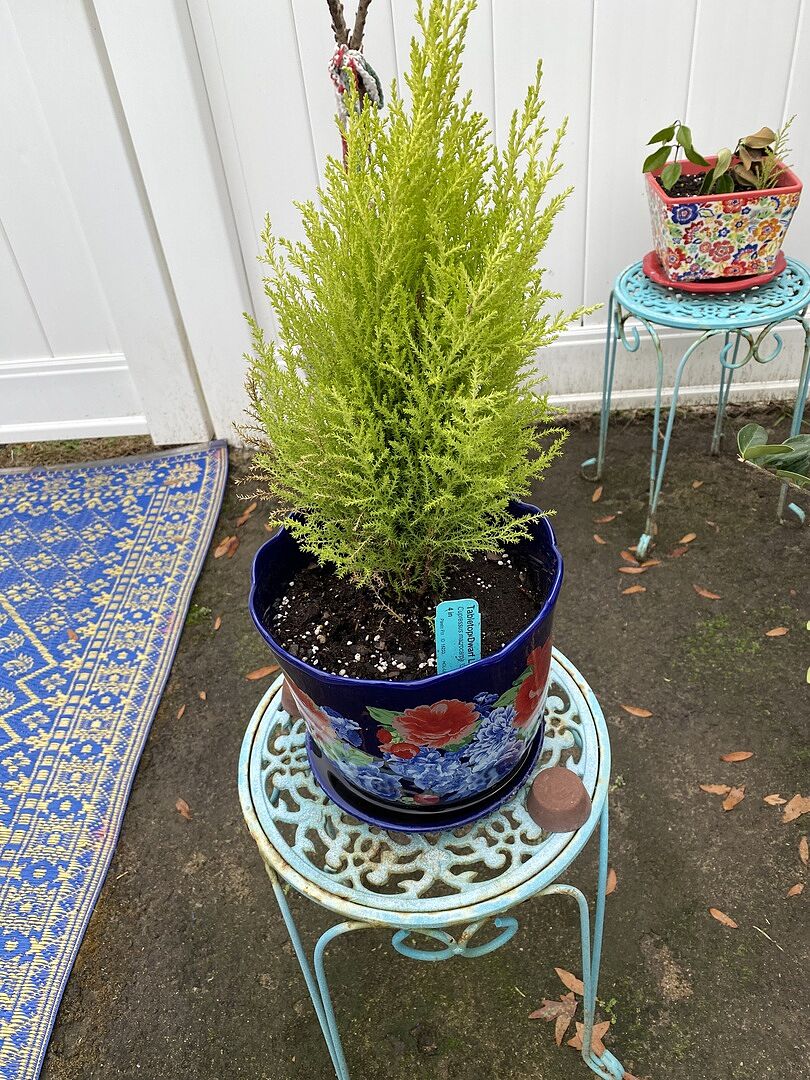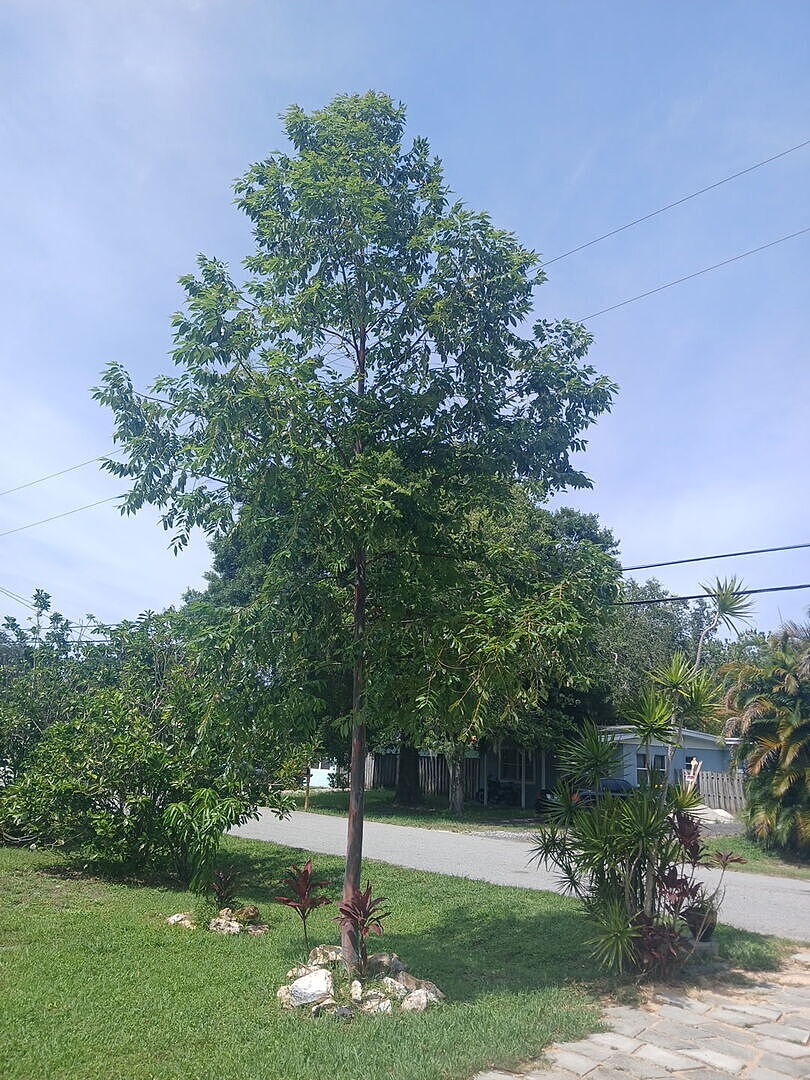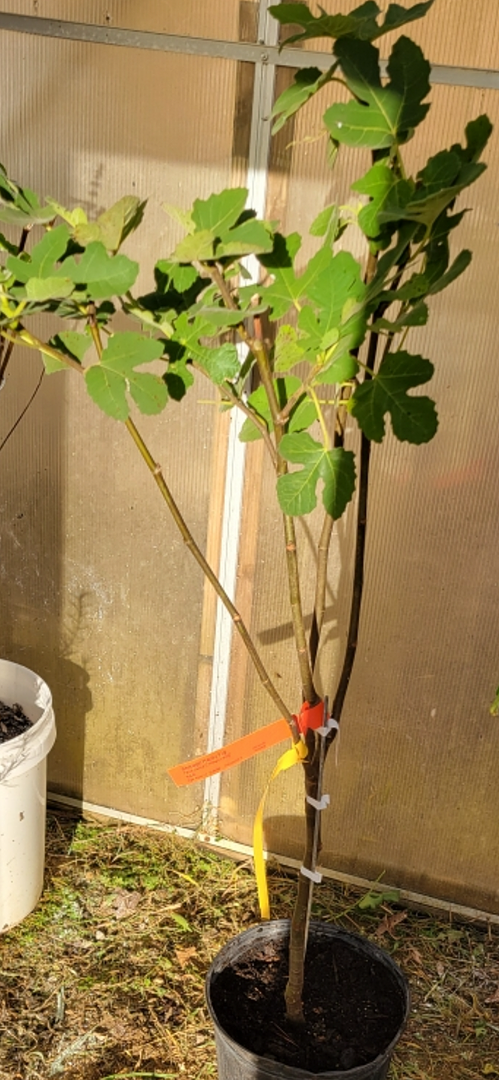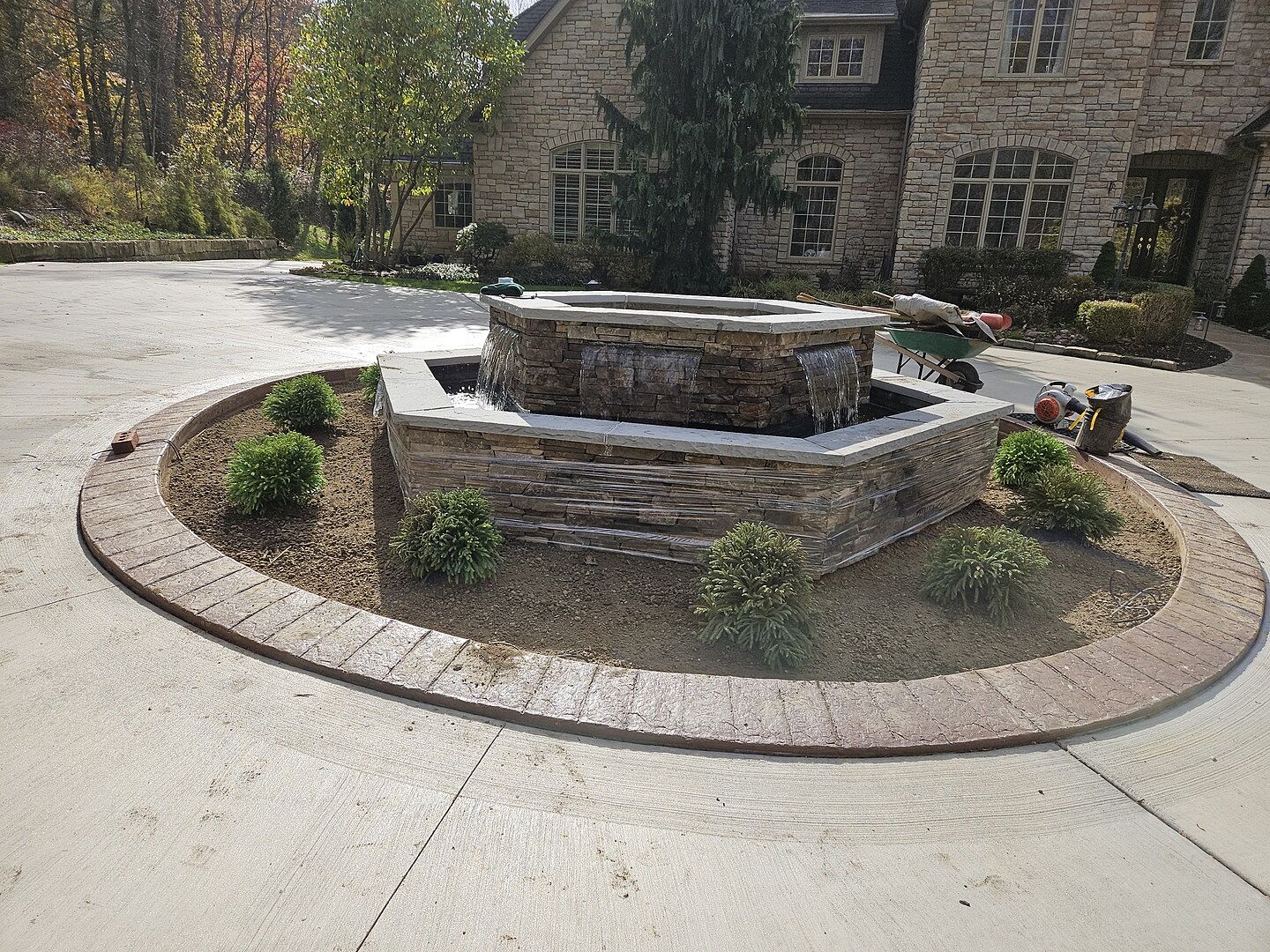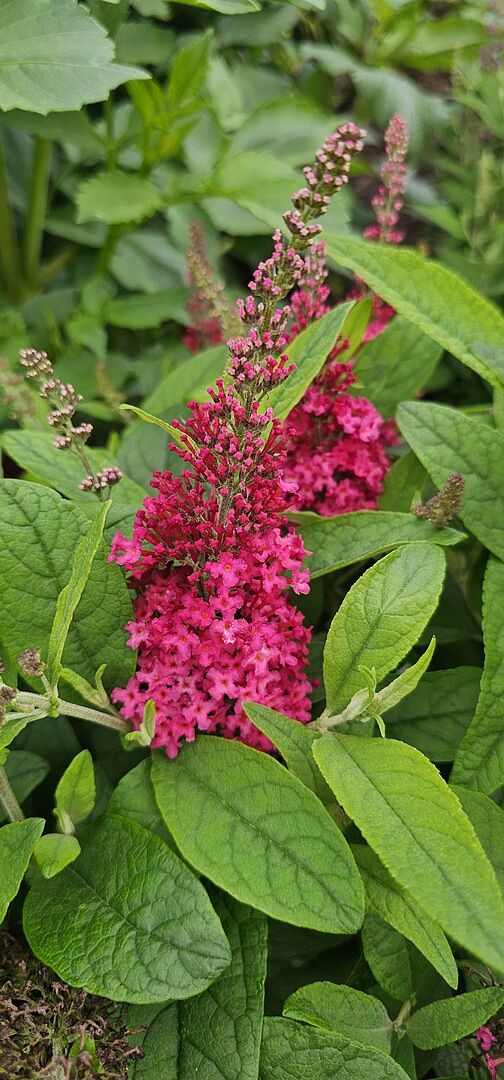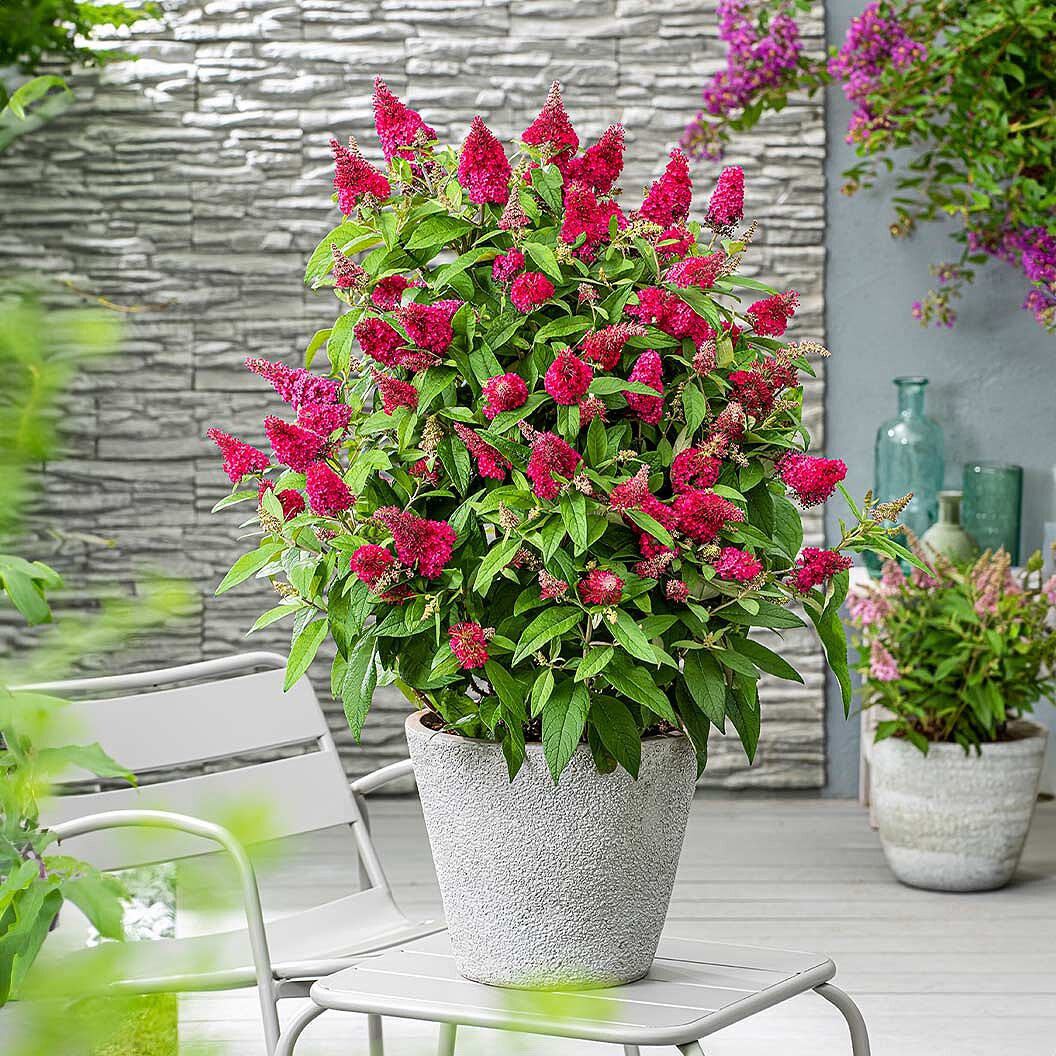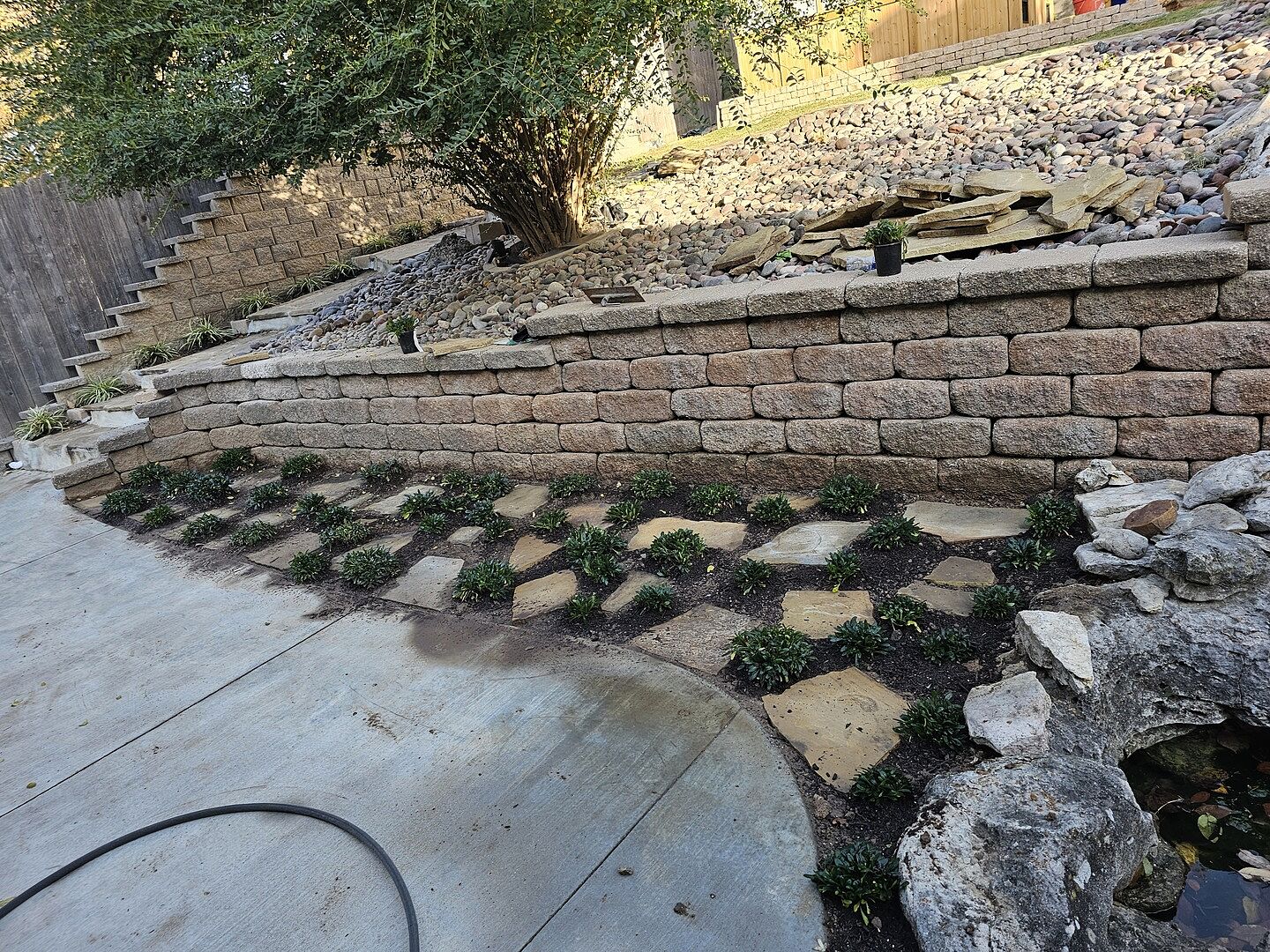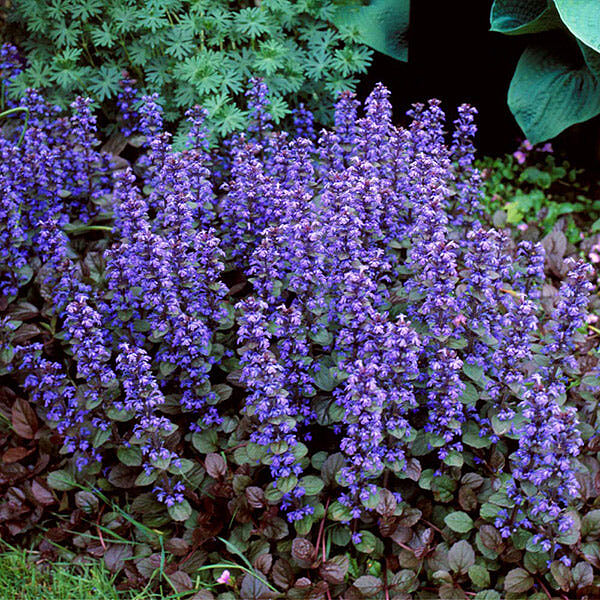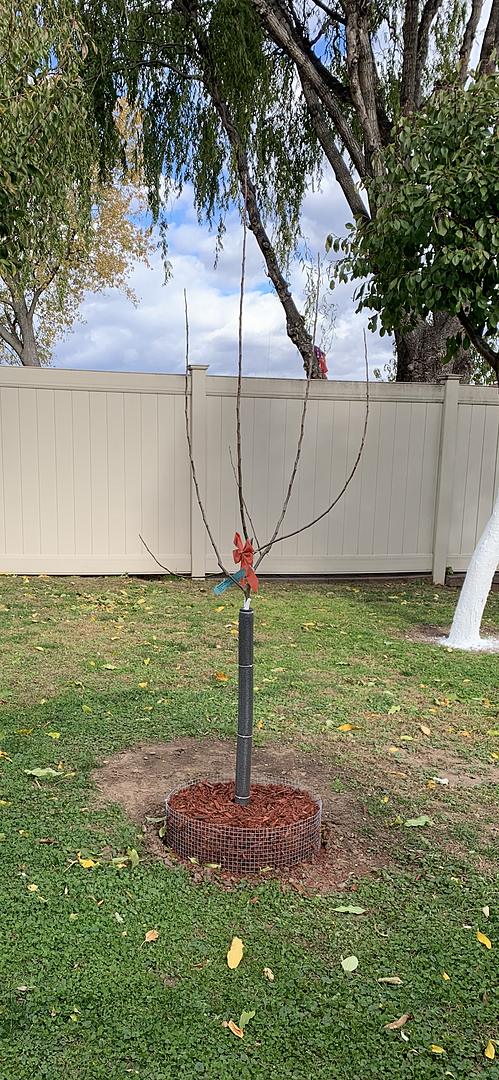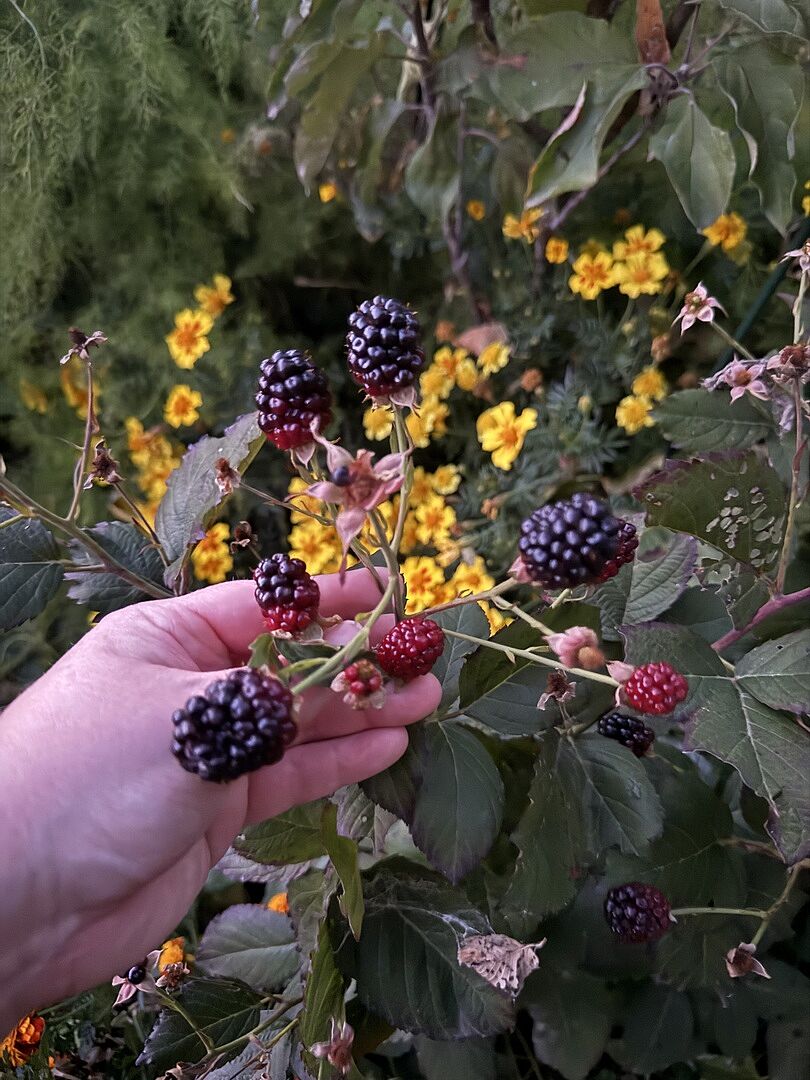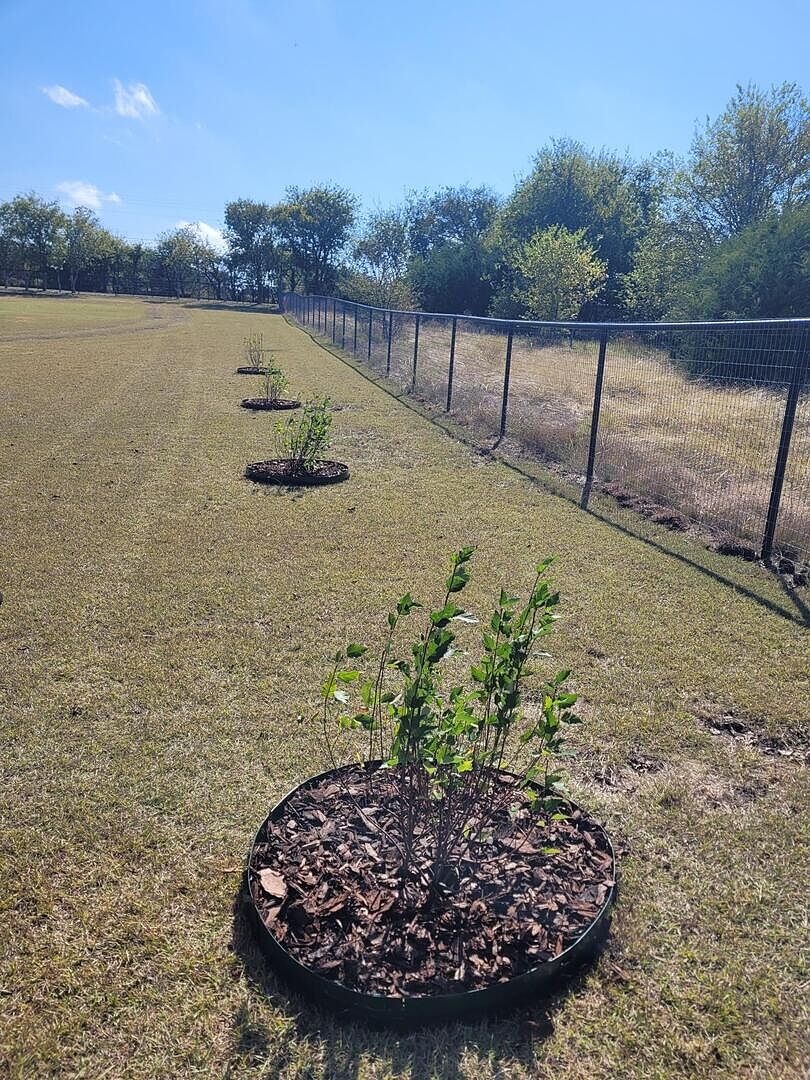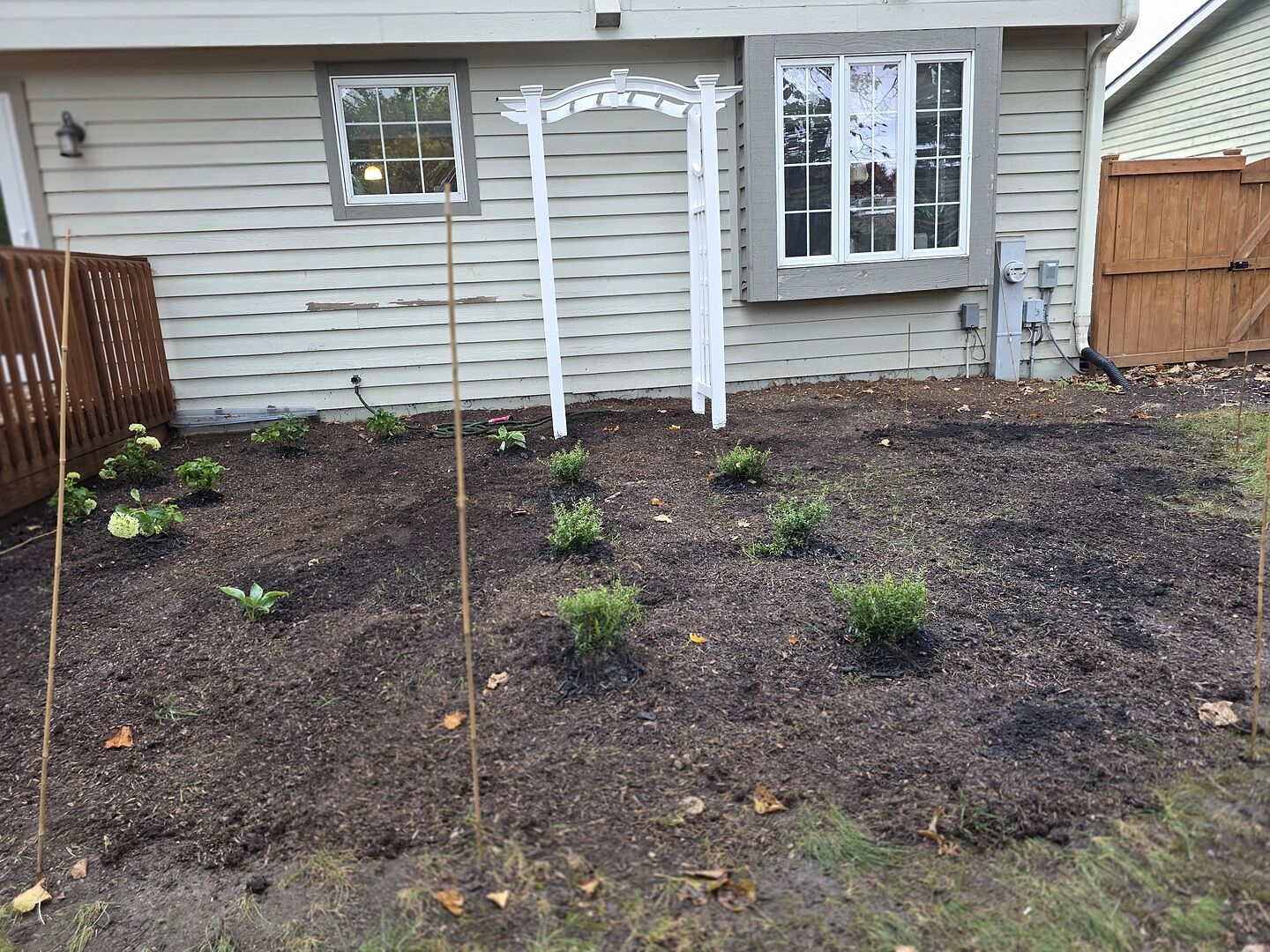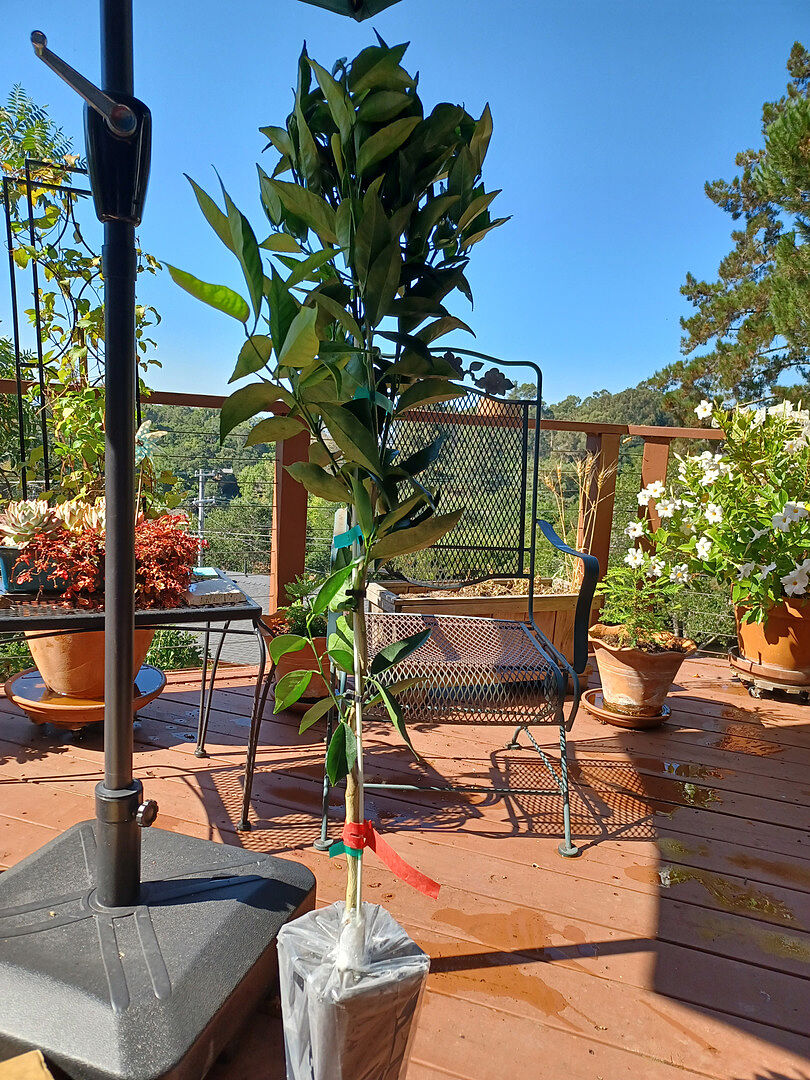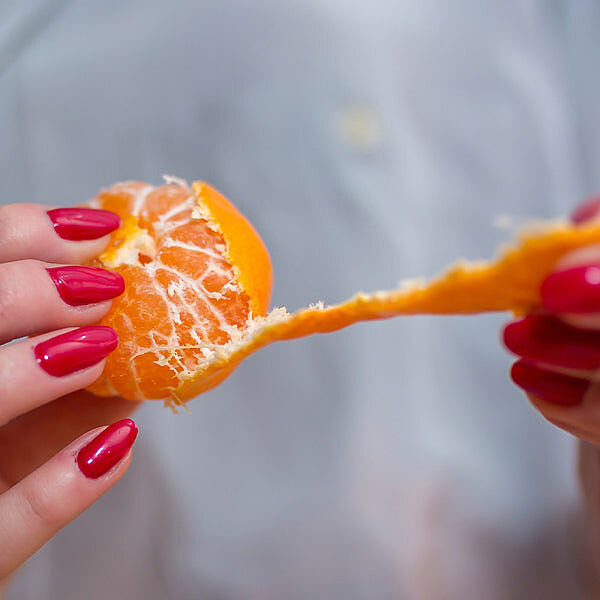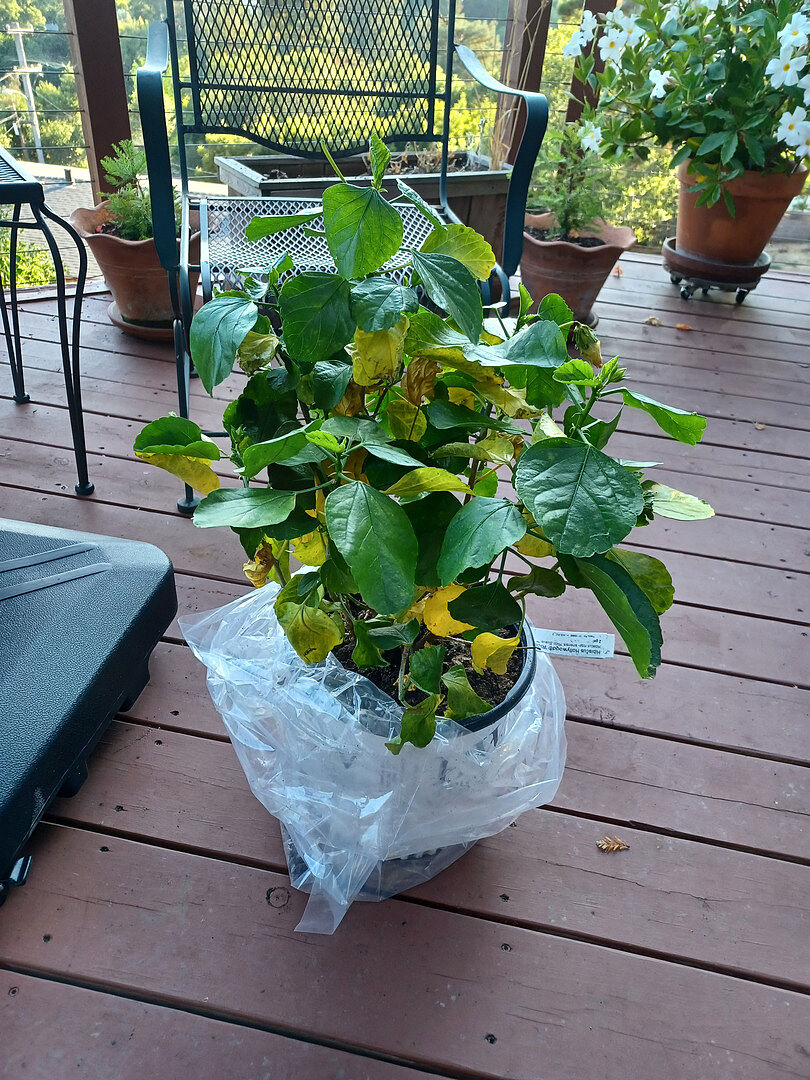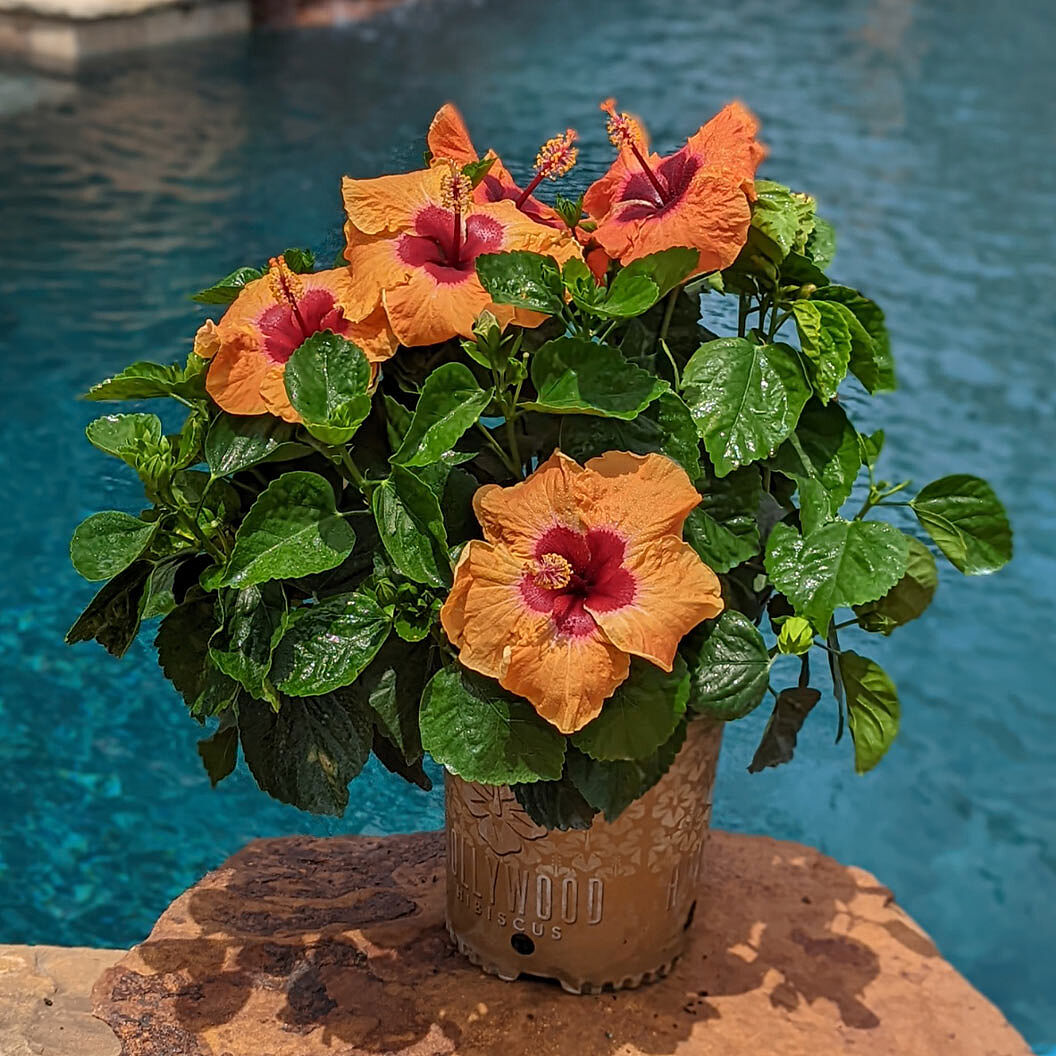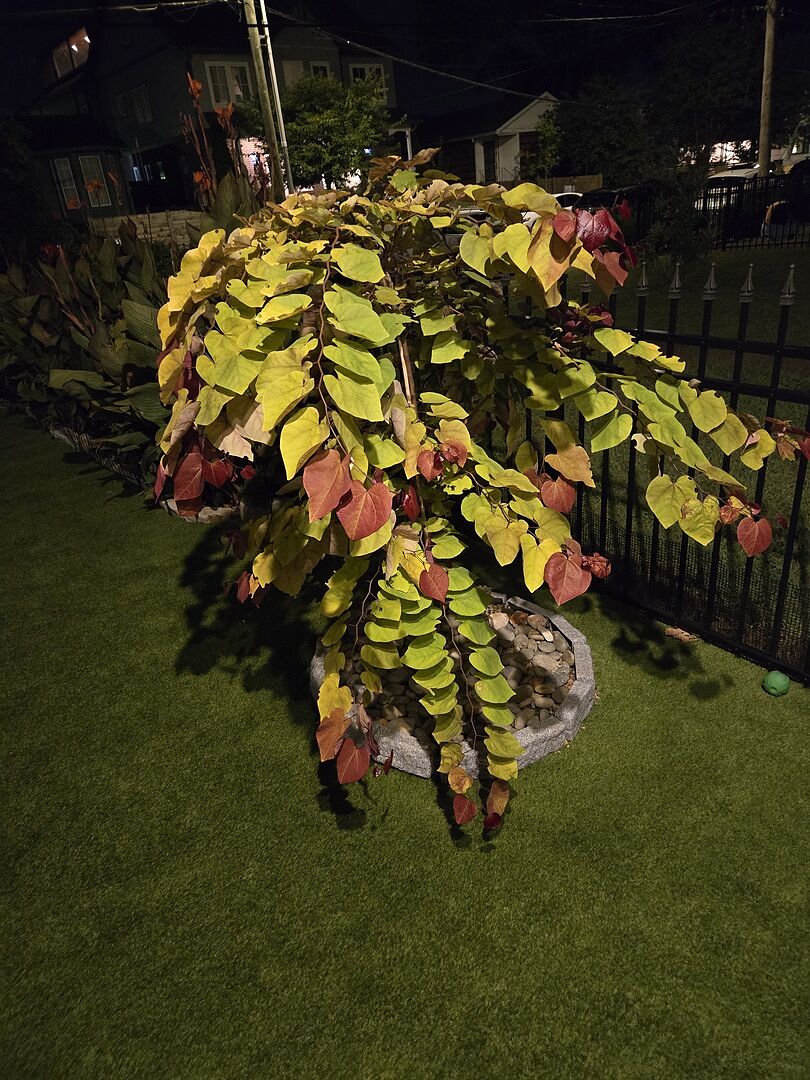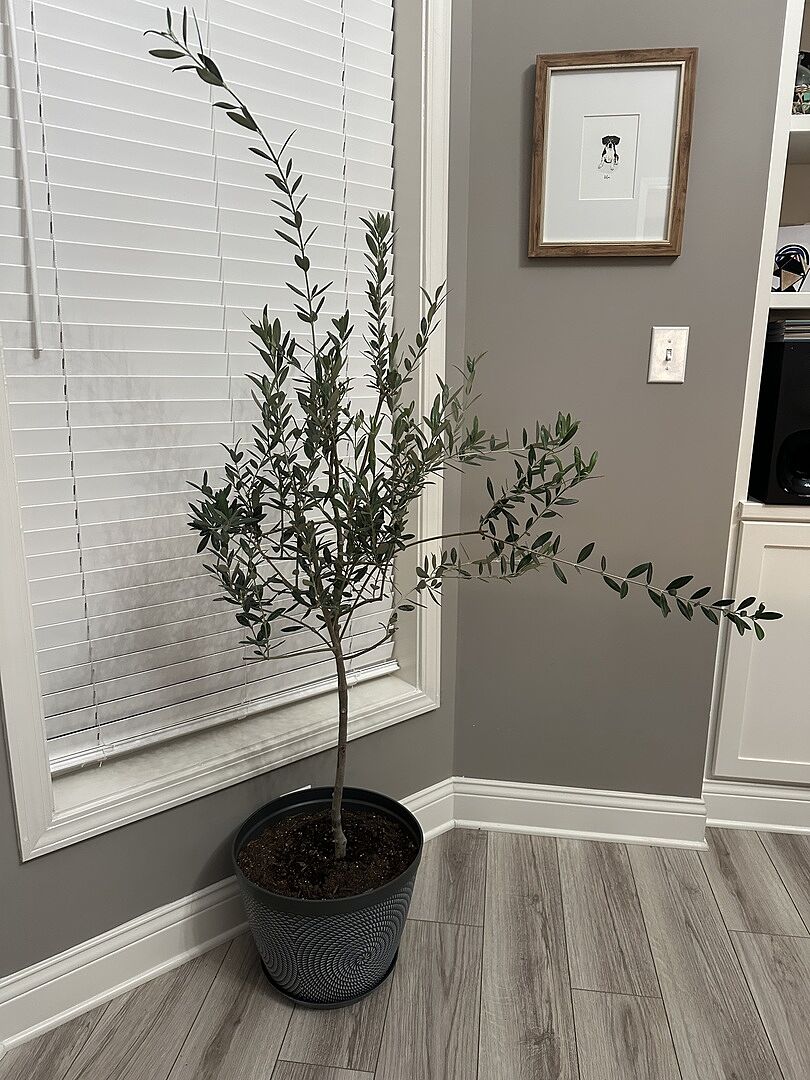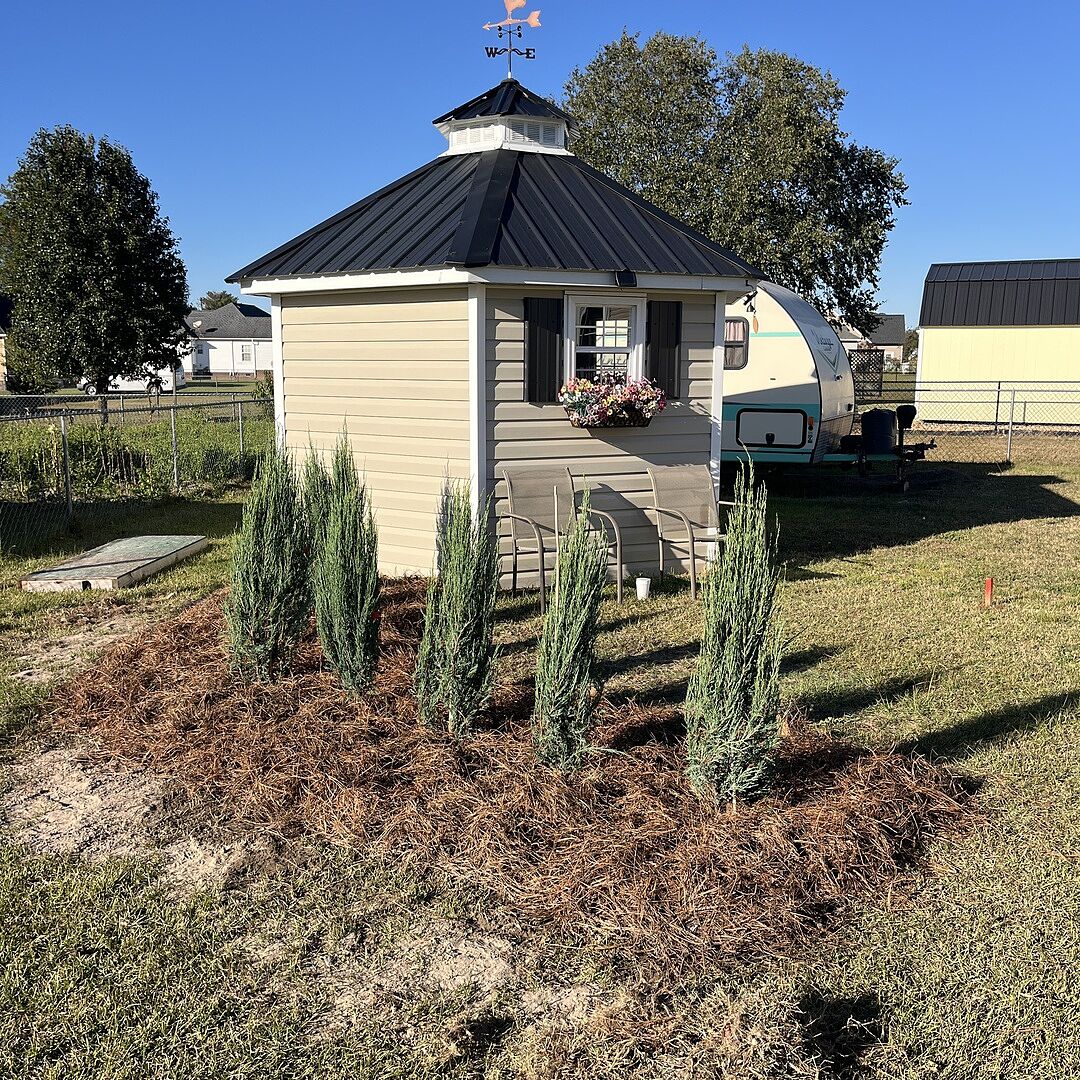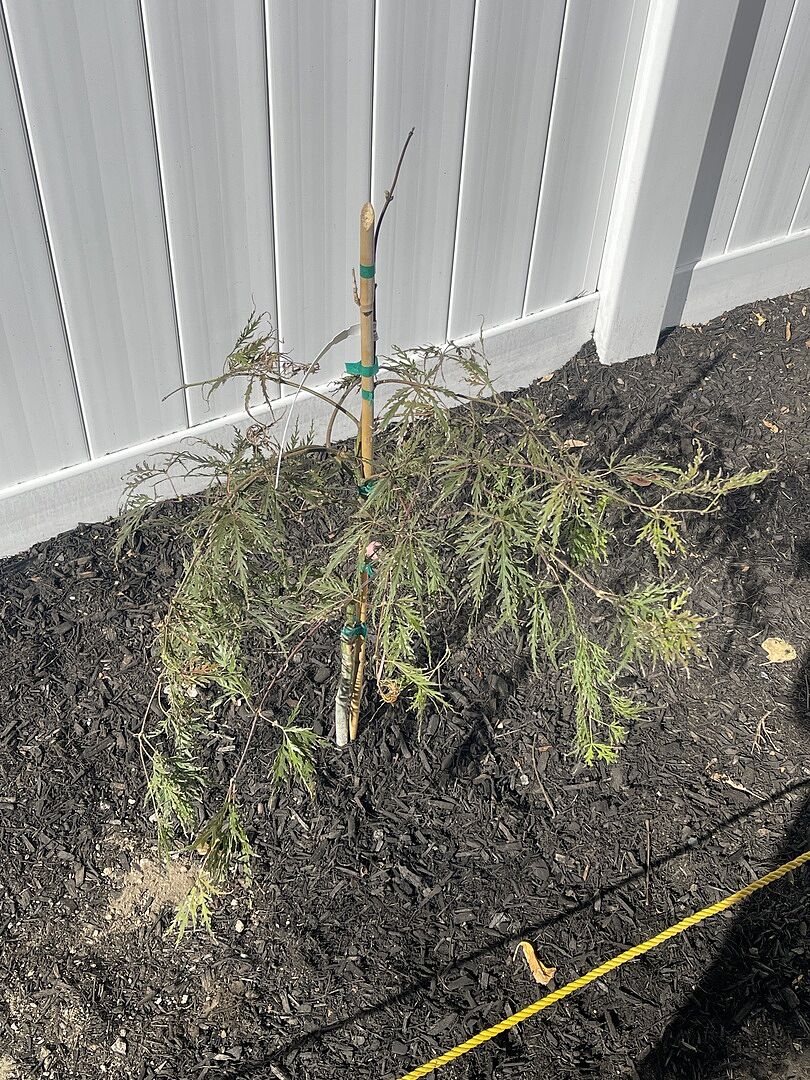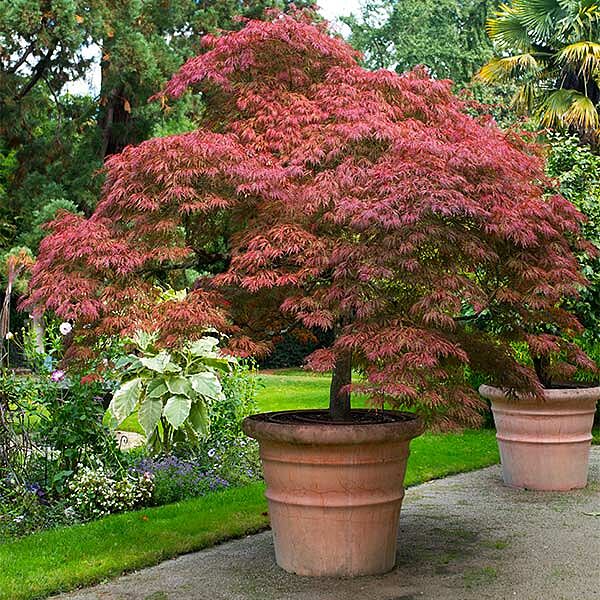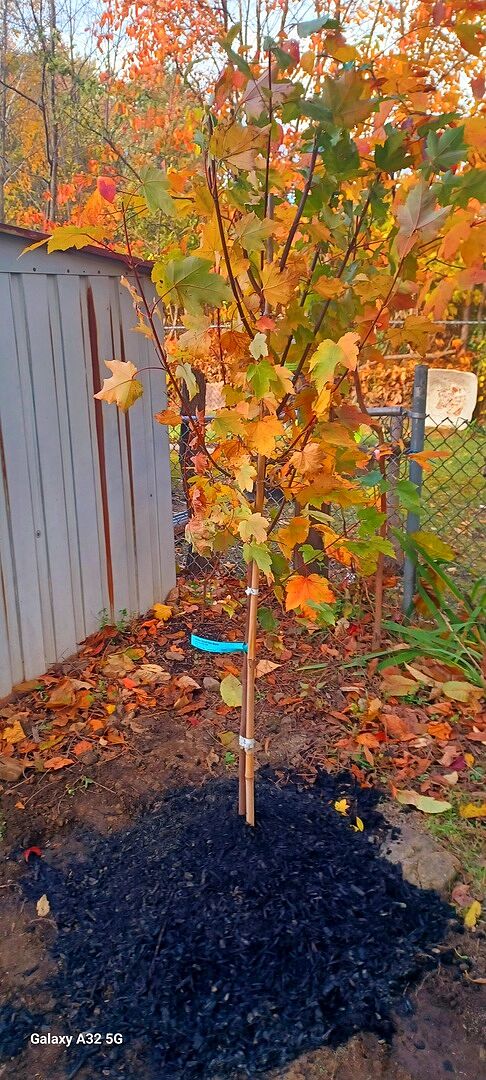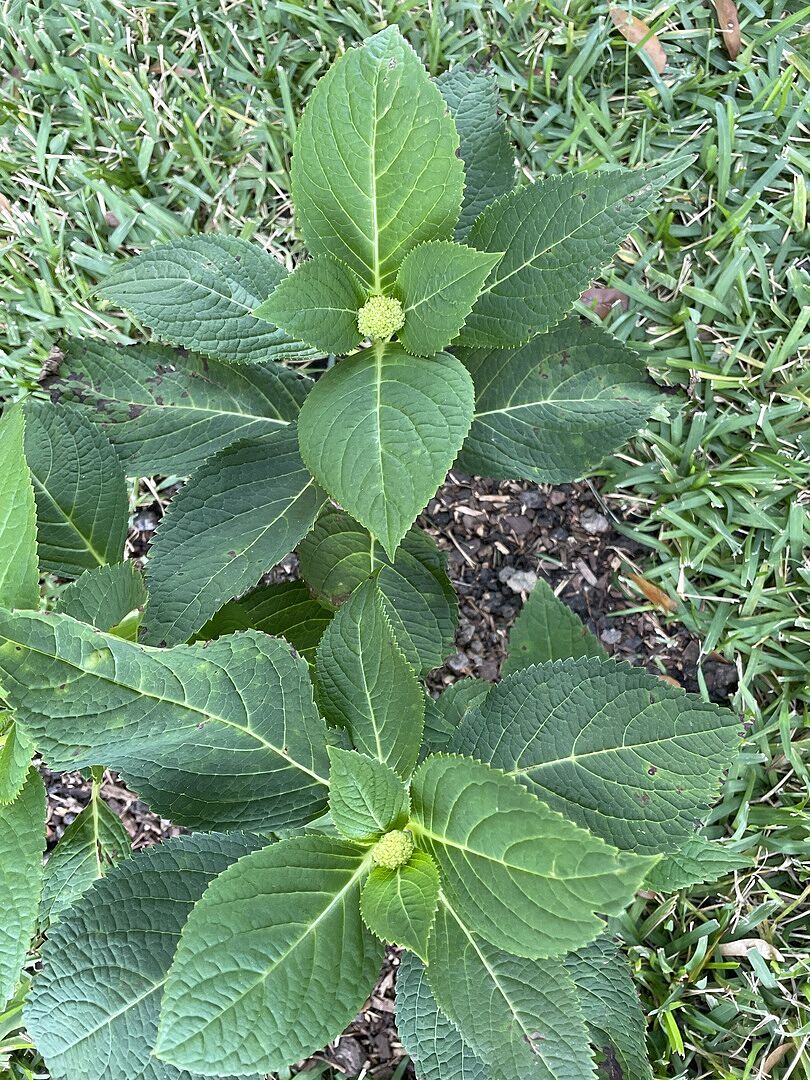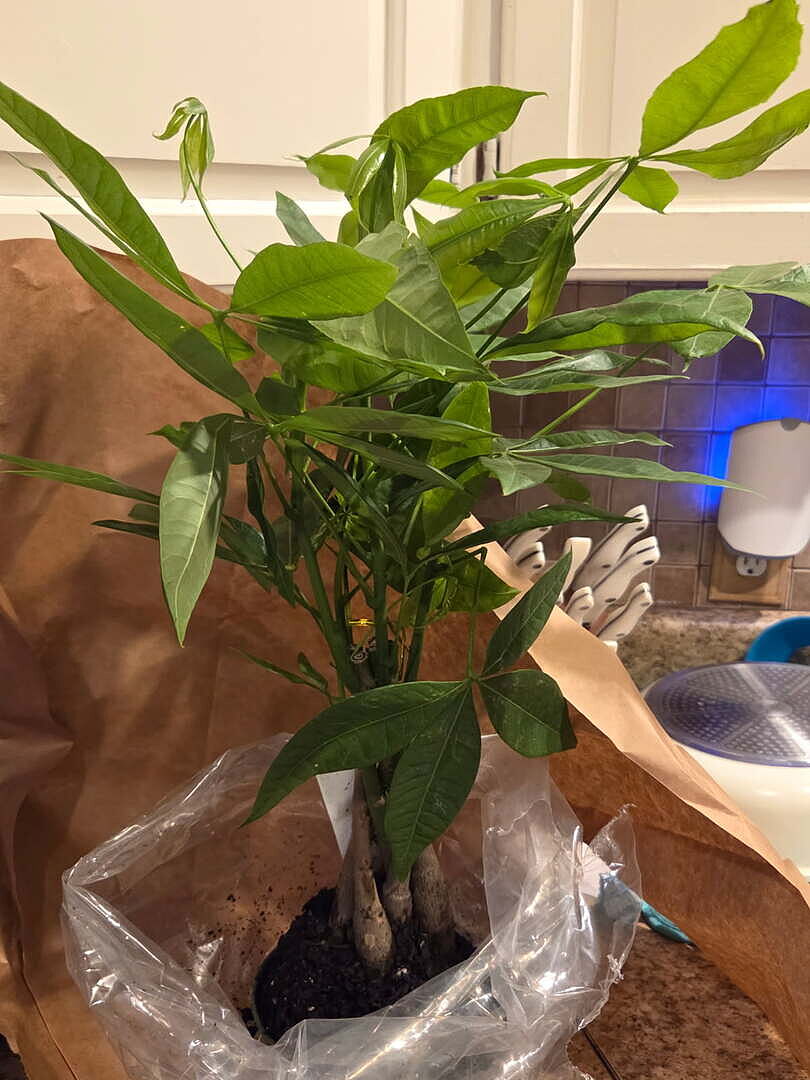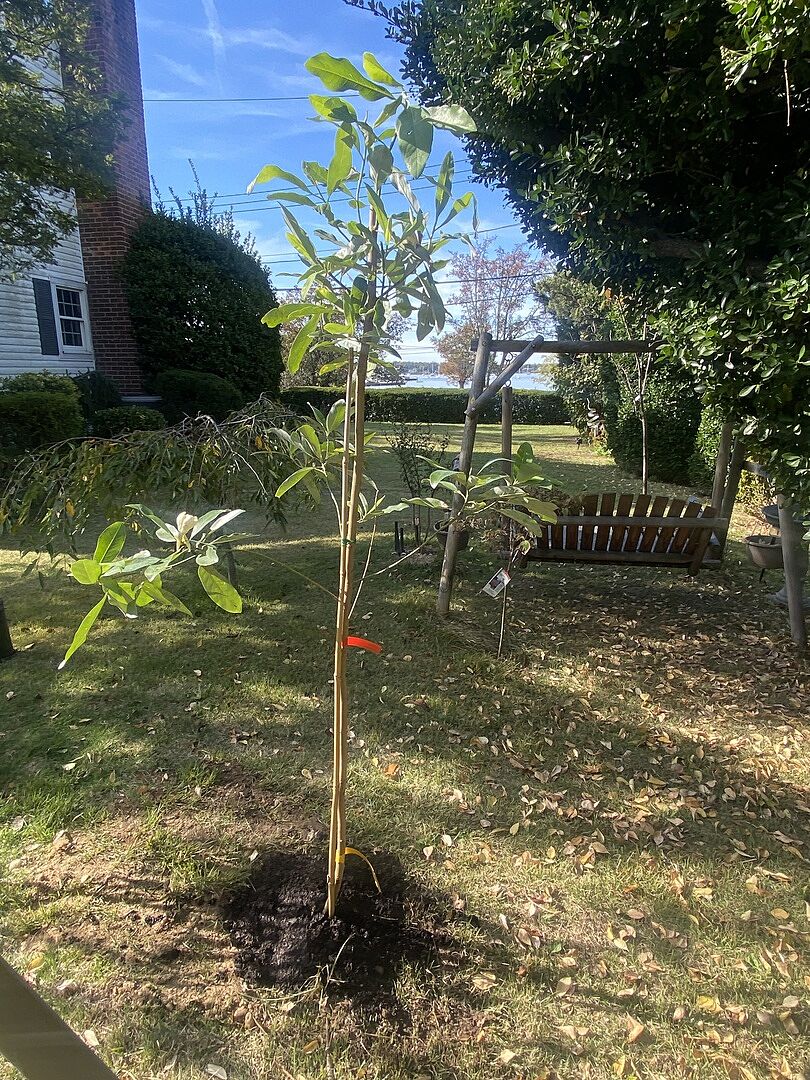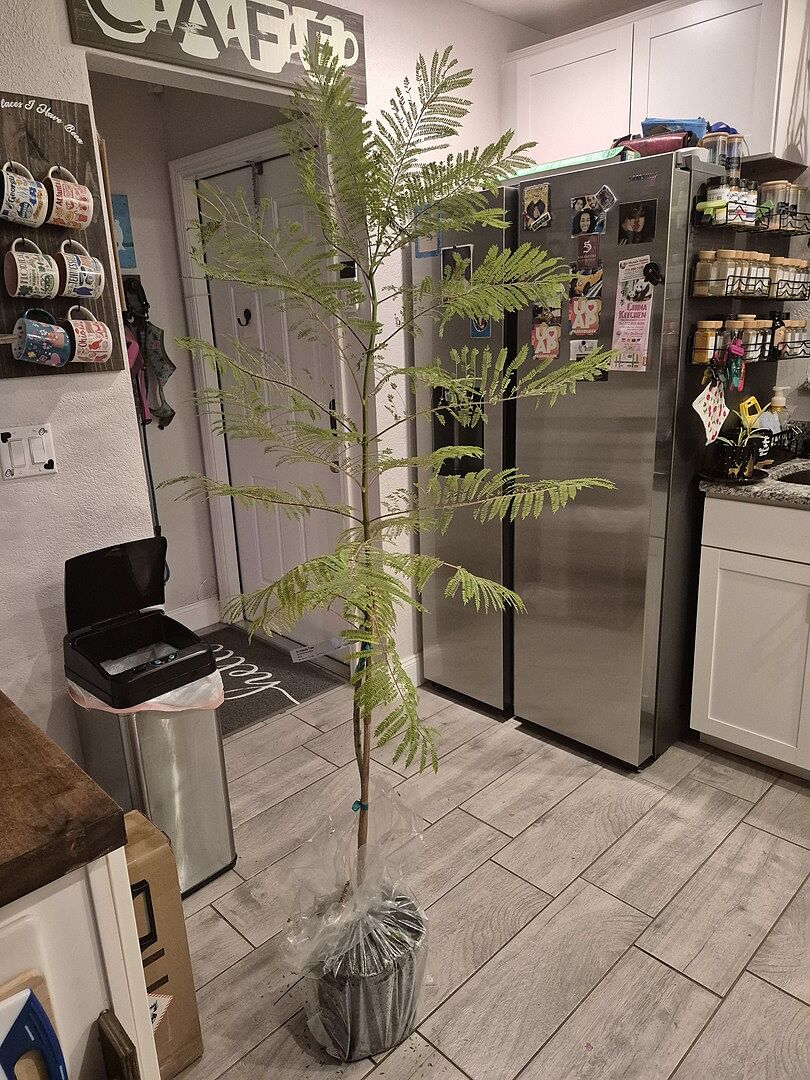Fruit Trees 101: Troubleshooting

Last updated: May 16 2023

Wouldn’t it be wonderful if you could plant a tree that only required some watering to remain perfectly happy at all times? Unfortunately, we all know that’s not how it works. Plants and trees take hard work! Fruit trees, especially, can take even more effort than other plants, so when things go wrong it can seem like all hope is lost. However, that’s not the case! Knowing the needs of your plant, and identifying possible issues when they occur is one of the best ways to keep your trees (and you) happy.
Need to jump ahead? Use the section links below!
- How to Be a Plant Doctor
- Fruit Tree Pests
- Fruit Tree Diseases
- Wildlife Protection
- Helping Older Trees' Harvests
- Grafted Tree Issues
- Fruit Problem Solving Guide
The best way to decrease the number of issues you’ll have is prevention. Prevention starts at the very beginning before you even have your tree! Setting your trees up for success by meeting their needs with accurate spacing, the correct sunlight, growing zones, and proper pruning can do wonders to decrease the issues that will pop up. However, even trees with all of their needs met will need help from time to time, so keep on reading to make sure you’re prepared.
Plus, watch below to see how @backyard_gardener_rach handles some common fruit tree pests and diseases in her yard.
Playing Plant Doctor
When something is wrong with our bodies, we visit a doctor or health professional. When something is wrong with your plant, you can’t just take your tree to the nearest doctor. Instead, you must become the doctor yourself! If plant doctor duties call, don’t panic. There are countless amounts of materials out there to guide you and professionals you can consult (like our plant experts). But, sometimes the hardest part is recognizing there’s an issue in the first place.
Because plant troubleshooting can be tricky, we’re here to break it down and make it a little simpler. Of course, no one can become an expert overnight, and as a home fruit grower you don't have to be. The best thing you can learn is to spot when something is wrong so that you can take action early and give your tree the best chance for survival. 
Knowing What’s Normal
To start, have an idea of how your plant should normally look and act, considering its age and the season. This will give you the foundation you need to troubleshoot. Try taking photos of your own tree and comparing that with photos you find online of that type of tree. For example, if you know that your lemon tree should normally be evergreen, but you notice your tree dropping all of its leaves, then you know something is wrong and a closer look is needed.
FGT Tip: Always search your plant online using the botanical name (the Latin name) and not the common name. This way you’ll spend less time looking for photos of the correct tree to compare yours to.
Example 1: At first glance, this apple tree trunk might be concerning. However, the texture and the little green bumps are completely normal! This young apple tree is just developing bark texture.
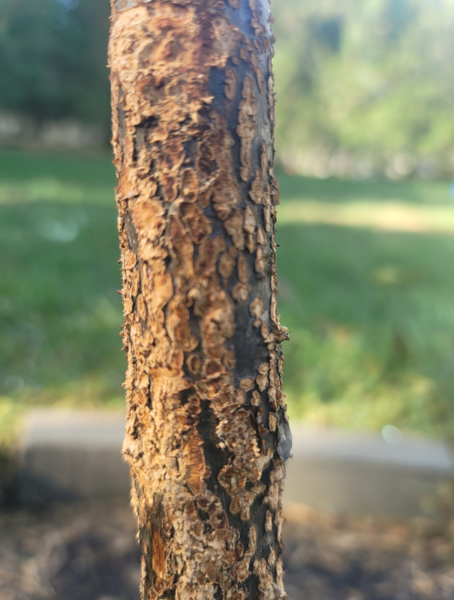
Example 2: This cherry tree has a special way to attract pollinators by giving them a sweet reward when visiting the plant. The red raised areas are called “nectaries” and are just part of the plant, so no need to worry here!

Triage
If you’ve established that something’s wrong with your tree, next comes the triage step, which is a medical term you may have heard that applies to plants, as well. This step involves taking a close look at all parts of the tree and noting anything that seems out of the ordinary. Taking notes and photos can help with this step too.
Try to see if you notice any bugs on your tree or if other nearby trees are having the same issues. Rule out environmental issues that could have come from a drought, heavy rain or storm. This step might stretch over a couple of weeks and that’s okay! This part is all about observation.
Diagnosis
You don't have to get this part exactly right or even have the specifics down, but try to figure out the category of the issue. By just knowing the general issue, you can start to help your tree. For more specific examples, keep reading.
- Spots, oozing, yellow or red abnormal coloration on leaves is a fungal issue
- Ripped, torn, creased, broken or bruised leaves and trunks is a physical issue
- Visible bite marks, misshapen leaves, webbing or insects is a pest issue
- Limp, droopy branches and leaves are an environmental issue
- Yellowing leaves, abnormal or slow growth is a nutritional issue
Above, is a general guide–for more specifics and examples, please refer to our guide to diagnosing plant problems.
Treatment
Next, you need to figure out what to do. Now that you have an idea of what’s generally wrong with your tree, it’s time to take some action. Remember, no one can heal overnight and this includes trees. In some cases, trees take two weeks to months to recover, depending on the plant type and issue at hand. Be patient and be consistent–let nature and time do the rest of the work.
- Fungal Issues: Fungus need a host and water to survive, and since you don't want to kill your tree (the host), you need to remove what fungus you can and try to dry things out. Avoid overhead and obsessive watering, and encourage your tree to dry. Proper spacing and pruning to prevent overcrowding can help. In addition, use a fungicide to further help your tree.
- Physical Issues: Physical issues can occur after a storm or even during a windy day. For broken limbs and branches, it’s best just to cut your losses and remove the dead or damaged parts to avoid further injury. Even if a limb is just cracked and not all the way broken it can be an opening for pests and diseases to enter. For leaves that are damaged, remove them and new ones should regrow to take their place.
- Pest Issues: Pests are unavoidable and unfortunately can do quite a bit of damage. When possible, try to spot the offending pest and use a product that’s targeted specifically for them instead of one that will kill the helpful pollinators. Physical traps like sticky traps or canisters can really help decrease the number of pests present. Remove the damage they’ve caused and give your tree time to bounce back, keeping an eye out for pests that return, as they’re often seasonal.
- Environmental Issues: The environment is largely out of your control, so if you notice repetitive issues or your tree wanting more sun, it might be better to transplant your tree or alter the environment by removing competing plants, for example. Another example would be if the soil wasn’t correct and leading to moisture issues you could amend the soil or mix in compost to aid in drainage.
- Nutritional Issues: Nutritional issues occur when the tree isn't getting what it needs to function and so it starts sacrificing things like leaves or fruits to conserve what it has. Fruiting and flowering takes a lot of work and energy, so most fruit trees are considered heavy feeders. Make sure you’re using the proper fertilizer and the proper amount of it by reading the package. If you apply too much fertilizer, flush the soil with water to dilute the excess.
The issue is almost always not as severe as you think it is. Plants are hardy, and their sole purpose is to survive. Do what you can to support your plants and trust that nature can bounce back with your help. And for further help, you can contact us with photos of your tree in question and our experts will be happy to assist.
Common Fruit Tree Pests
Bugs and insects are helpful and good, until they’re not! Typically, the unhelpful kind is called pests. Familiarize yourself with the pests below so you can tell the difference between plant friend and foe.
Aphids
- Look like tiny green, yellow, white, black, or red rice on your plant with no wings and two tiny projections on the back of them.
- Affect the plant by sucking the sugars from the sap and causing unsightly damage to the leaves. Oftentimes, a sticky residue is left behind that turns black called “sooty mold” that needs to be wiped off the leaves.
- Most are found on tropical fruit trees and flowers of all kinds.
- Treatment: Wipe off the sticky residue with diluted soapy water and use a spray like neem oil or horticulture oil. You can also leave it to nature and let ladybugs and lacewings eat the aphids.

Leafhoppers
- Look like a green moth but can be more blue or red in color. Will have wings and sit on top of leaves.
- Affect the plant by sucking and causing pale or white spots on new leaf growth and black specks on the fruits with a sticky residue.
- Younger leaf hoppers will be found on the underside of the leaves.
- Most are found on fruiting plants and deciduous trees
- Treatment: Insecticides are the best option even though some leaf hoppers can be resistant. Make sure to read the label and keep up with treatments if the issue is severe in your area.

Leafrollers
- Look like a worm that likes to curl up in leaves with webbing.
- Affect the plant by rolling leaves and preventing energy absorption. You might also spot deformed fruits, premature fruit drop, defoliation, or torn leaves.
- Most are found on fruit trees in early spring and summer.
- Treatment: You can battle leafrollers with nature and encourage pests like parasitic wasps, tachinid flies, and lacewings to kill them off or remove all the ones you can and monitor the tree for the next couple of weeks.

Mealy Bugs
- Look like tiny white fluff at the base of the stems and leaves. Up close you can see white tails and the fuzzy or furry texture on adult forms.
- Affect the plant by causing stress and interrupting the vascular system.
- Most are found on house plants and any tropical or potted fruit tree.
- Treatment: Physically remove all the ones you can, by dapping rubbing alcohol on them and wiping them off. Check back weekly to make sure no more appear. They’re very common, and caught early, don't do much harm to your plant.
Mealy Bug Close Up:

Mealy Bug Further Away:
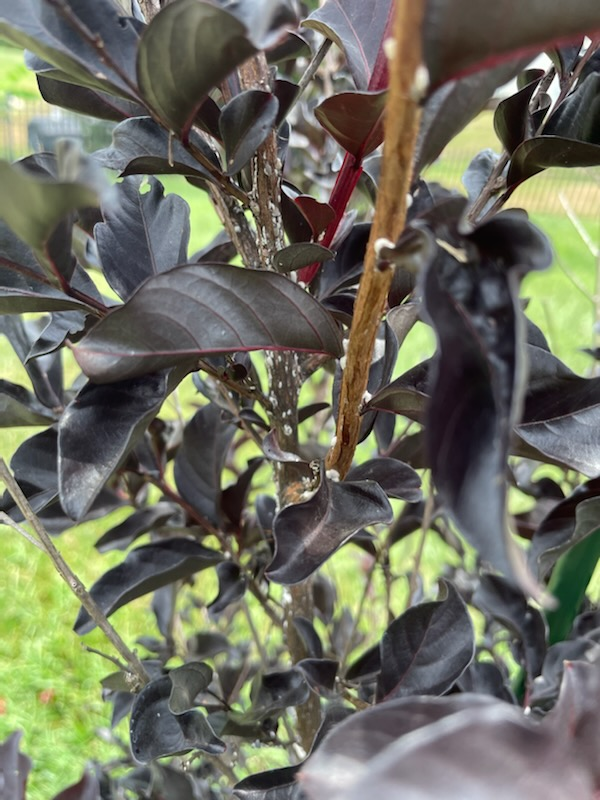

Scale
- Look like plant barnacles that range in color from brown to black to red. They’re commonly found on the undersides of leaves, or at the base of the stem where they’re protected.
- Affect the plant by sucking the sugars from it and limiting energy internally, causing stress and stunted growth. You may notice dropped leaves, as well.
- Mostly are found on olives, palms, house plants, and tropical plants.
- Treatment: Physically remove all the ones you can, by dapping rubbing alcohol on them and wiping them off. Check back weekly to make sure no more appear. They’re very common and caught early, don't do much harm to your plant.

Maggots
- Look like small, ridged worms that range in color from pale yellow to white. The adult form is a fly that’s smaller than a housefly.
- Affect the plant by burrowing into fruits causing brown and black spots around early July.
- Most are found on apple trees and cherries.
- Treatment: Remove any affected fruits that you find, and dispose of them away from healthy fruit trees. Keep watch and set sticky traps near the trees in fall to capture adult females before they lay eggs and treat with neem.
Entry scars of infected apple:

Inside of infected apple:

Common Fruit Tree Diseases
Diseases can be scary and seem like a death sentence for your tree, but the more accurate way to think about tree diseases is by comparing it to human sickness. We all get sick from time to time, but with rest, time, and care we bounce back and get better. Depending on what we’re sick with, the treatment might be different and the recovery time will vary, but with persistence, most of the time we can heal.
This is the same with plants! Plants are living things too, and just like you can get sick and recover, so can plants. Check out a few common fruit tree diseases below so you can diagnose and treat various diseases.
Fire Blight
Fire blight is a bacteria that affects members of the apple and pear family the most. It’s very distinguishable and looks as if one random branch was burned from the tip while the rest of the tree is unaffected.
It’s very common and relatively easy to treat by pruning off the affected branches about 3 inches into the healthy tissue. Make sure to sanitize your tools between cuts with rubbing alcohol to avoid spreading the fire blight bacteria around. Copper-containing sprays can help control in more serious cases. Time is of the essence when controlling fire blight, so when you see it, cut it immediately before it spreads and bag and dispose of the removed branches, fruits and leaves.

Scab
Scab can affect apples and peaches equally by making sores that are scab-like in an appearance on twigs, leaves and fruit. This fungus causes unsightly dark spots and a rough texture on the skin of fruits.
To stop the spread, rake up any fallen leaves and dispose of them so that the fungus doesn’t return. Cut and remove any affected foliage and fruit and dispose of them, as well. Encourage air flow and proper space by fruit thinning, proper pruning and watering at the base. Lastly, you can always use a fungicide spray in extreme cases.

Leaf Curl
Leaf curl often affects peaches, nectarines and plums the most and can look quite similar to drought stress due to leaves appearing dry, curled and sometimes red and swollen. You can tell its leaf curl and not drought stress by simply looking at the soil. Leaf curl is a fungus and will need wet conditions in order to thrive.
If you notice leaf curl, remove the leaves and dispose of them. For plants that get it yearly, try a preventative treatment of fruit-safe copper fungicide right before the buds emerge.

Brown Rot
Brown rot is a common fungus that affects the stems, flowers, and fruits of a tree by denying the affected areas of air and sunlight, effectively limiting circulation. It will look almost rotted while still being on the tree and be quite devastating to your crop.
It’s very common and normally affects stone fruits (peaches, nectarines, plums, cherries, and apricots), apples, and pears during the fruiting season. To help your tree, remove all affected areas, prune to increase sunlight and airflow, and finally, use a fruit-safe fungicide.

Botrytis
Botrytis looks like your fruit molded while still remaining attached to the tree. It features a white and black fuzzy mold that will surround softer fruits like grapes and berries. If bad enough, it can also affect new growth and flower buds.
Remove the fruit and try to keep the area sanitary by watering only at the base. It’s best to isolate the plant if you can from others and increase airflow and apply fungicide if needed. Know that if you apply fungicide during fruiting, you’ll have to forgo that crop, but it will save your tree!

Canker
Canker is not choosy on which tree it affects and will look like an open sore located on a branch or trunk. Oftentimes, it’s easy to spot since the area is swollen, discolored, sunken in and oozing sap. It can be quite serious and if ignored, will continue to get worse, so try to act fast.
To remove canker it can be a bit of a laborious process but worth it on older trees that you’re trying to save. Start by locating the canker and, if possible, cut off the branch it’s on with a sanitized blade. If the canker is on the main trunk of the tree, take a knife and carefully scrape out the infected area until none of the black is left. It’s advisable that you seal the removed canker so the tree can heal over the scar to prevent any further infections. Tree sealant can be found at most garden nursery stores.

Leaf Spot
Leaf spot is a broad category of a variety of fungi that affect the leaves of a plant, giving them a polka dotted look with random brown spots with a yellow border all over the leaves and healthy green leaf tissue in between.
Leaf spot is visually unappealing but more of an energy blow to the tree than a real risk. When found, remove the leaves that are more than 70% covered and apply a fungicide spray to prevent the spread. To prevent leaf spot from happening in the future, try to keep your leaves dry and make sure there’s adequate airflow so that they can dry out easily when they do get wet.

Gall
Galls will look like a very abnormal swelling of the tree and can occur on tree branches of all kinds. While your action isn’t immediately needed, waiting can be detrimental since galls act like a tourniquet on your tree.
Galls are caused by bacteria in the soil, so make sure you’re using fresh, quality soil if you can in the area. Remove the gall by pruning it out of the tree and burning the branches. For galls that aren’t in an easy-to-remove place, contact a tree professional to help.

Cedar Apple Rust
Rust normally affects pears and apples the most and involves a nearby juniper as the host. A juniper will act as the host for the fungus, having brown formations and swollen twigs, and the nearby apples will show bright orange to yellow spots that then turn red and start to swell. Fruit is also affected and will have a bumpy and brown appearance that will ooze orange.
To control the spread, try to find the affected juniper and remove the impacted areas. Next, remove and dispose of the affected parts of the fruit tree and spray with a fruit-safe copper fungicide. For serious cases, use a preventative spray before the buds open on the fruit trees.
Affected fruit with orange projections:

Lesions on the leaves later in the infections:

Gummosis
Gummosis is characterized by sap leaking from random parts of the tree. This is very common on stone fruits and will look like bunches of dried sap scattered on the trunk and branches. If you’ve recently made a cut and see sap leaking, that’s normal, especially around spring when sap really starts to flow.
To clean up the tree, remove the sap that you can and make sure the soil is well-draining. If more drainage is needed, try mulch and compost to help prevent waterlogged roots. If you’re in a colder climate, protect during colder weather to prevent bark splitting and cracking.

Wildlife vs. Fruit Trees
If it's tasty to us, it's also going to be tasty to deer, squirrels, rabbits, and birds. If you don’t mind sharing your harvests, feel free to skip this part, but if you want to keep your fruit for yourself, follow the tips below!
Deer
After deer visit your trees you’ll notice large bite marks in your fruit, chewed leaves and oftentimes a mess on the ground.
Protect your harvest by installing a tall or double fence or try deer repellents. There are several effective repellents on the market, so try them out and see which one works best for your needs.
Rabbits
Bunny rabbits in your yard may look all cute and innocent, but they can cause some major damage to your fruit trees if you let them. Rabbits like to chew off the bark around the base of the tree, effectively “girdling” or cutting off the sap from the rest of the tree and leading to a slow death.
Luckily, rabbits aren't that tall, so a simple barrier around the base of the tree around 18 inches high should keep them away.
Rabbit damage on apple tree:

Squirrels
There is almost nothing that tops the annoyance and destruction that squirrels can cause to fruit trees. Not only are squirrels incredibly agile and fast, but they’re also notorious for taking one bite from a fruit and moving on to the next, leaving you squirrel leftovers when you go to harvest your fruit.
To help, you can always choose to trap the squirrels or prevent them from getting to your trees in the first place. This might take some patience and observation to determine the path they take, but it’s worth it if you decide you don't want to share your precious fruit with the neighborhood squirrels.
Other options would be to provide food for them elsewhere as a distraction from the fruit or special tree barriers that keep squirrels away, similar to the ones you find to deter squirrels from bird feeders. There are also special sprays and scaring mechanisms that have mixed success.
Birds
Birds have the optimal vantage point and like to swoop in and take fruits and berries just as they are ready to pick, causing frustration for you and less fruit to enjoy.
Netting can do wonders for protecting your fruit long enough from the birds so you can try and enjoy some of it! It may not be practical for very large fruit trees or if you have a lot of them, but for a home gardener trying to beat the birds, it's well worth it. Other deterrents involve scare devices like reflective CDs or hanging decor that moves in the wind to appear like the tree is already occupied by a possible predator.
How to Help a Wildlife-Damaged Tree
- Stop any more damage. Set up a barrier or other temporary structure to keep animals and pests from accessing the tree.
- Clean up the damage. Remove any splintered wood, cut off broken branches, and pick up any debris that is around the tree. Your goal is to have a clean-cut wound. This will be easier for the tree to recover from.
- Monitor and promote healing. In mild cases, observe the tree and keep the damaged area dry to promote healing and prevent fungi or pests from targeting the weakened area. For more severe tree injuries, you can purchase a tree sealant. The sealant will create a barrier to better protect the wound.
- Find a long-term solution to prevent more damage. It's often worth checking in with nearby wildlife agencies or local resources for the best course of action.
Improving the Harvest of Older Trees
Just as we age, so do trees. Unfortunately, trees can reach a maturity at which their harvests begin declining in quality, quantity—or both.
Encourage older trees’ fruit yield by ensuring they have fertilizer and plenty of water and air. Often a tree’s roots grow in compressed soil, which makes it difficult for the roots to reach and absorb nearby nutrients (if available). Use an aerator or an airspade to boost uptake, or absorption, and revitalize an older tree's roots.
And don’t forget to prune! While it may sound counterintuitive, pruning off some branches will spur on new growth and can rejuvenate your potential harvest.
Grafted Trees
Most of your orchard fruits will be grafted. Grafting is a safe, age-old gardening technique that allows two or more trees to grow as one.
Technique Overview
The rootstock (base) of one tree, is used and grown with the scion (top) of another tree. The trees must be similar in size, age, and relation to be grown as one together.
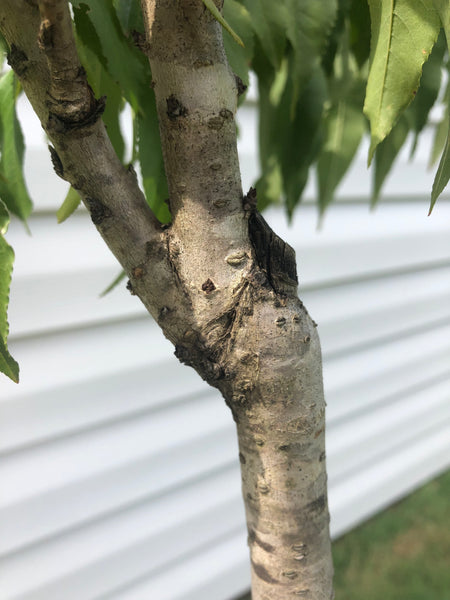
This new “franken-tree” can allow for better resilience to harsh weather conditions, diseases, and pests. For example, our Cold Hardy Avocado is “cold hardy” because its rootstock can withstand cold temperatures. Our patio peach tree achieves its compact size due to its rootstock. While you get the best of both trees being grown as one, you don’t alter any tree genetics.
Grafting Issues
If a graft isn’t properly healed it can get infected. You will notice a black, sunken area around the graft scar. You may see oozing. If the infected area is shallow, you can try to scrape it out. However, you’re often better off planting a new tree.
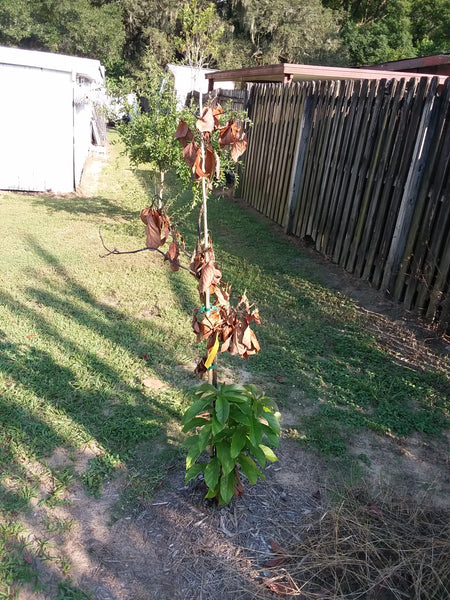
If you face a particularly hard winter or the top part of your tree dies back to the grafted point, you have lost the fruiting part of your tree (see image above). While the tree may continue to grow, it will not produce the same fruit. In many cases the fruit produced on rootstocks are not as tasty.
Fruit Problem-Solving Guide
Plants are complicated, but they’re also living, and just like anything else living, they’re not flawless. Knowing when to address an issue or let nature take its time is crucial. Try setting your tree up to succeed from the start and don't panic if you spot something wrong. The key is to recognize the issue and take action to support the tree in overcoming it.
And taking action doesn't just mean getting out the chemicals and spraying. While chemicals are very effective and work at treating some fruit tree issues, remember that you have options, whether it's inviting natural predators to eat pests like ladybugs and aphids or pruning to prevent the spread of fire blight, you can find a solution that works for you and your garden!
To keep learning, check out the rest of our Fruit Trees 101 Course, filled with all the sweet tips you need to create your backyard orchard!

Written by
Meredith Gaines
Meredith's love for plants started at a young age, and only grew when she started working in the Desert Exhibit at the South Carolina Botanical Gardens and the Historic Filoli Estate in the Bay Area. After graduating from Clemson University (GO TIGERS!) with a degree in Biology and Horticulture, she found her niche in the FastGrowingTrees.com family as a horticulturist and has grown in her current role as Senior Plant Expert.
She currently resides in her hometown of Charlotte, North Carolina, and enjoys spending any time she can outdoors. She learns new things about plants every day and loves sharing her plant knowledge and tips with those around her. Her favorite plant is constantly changing, but her long-time favorites are peonies, oak trees, and ferns.
Featured Product

Chicago Hardy Fig Tree
737 reviewsStarting at $34.95















